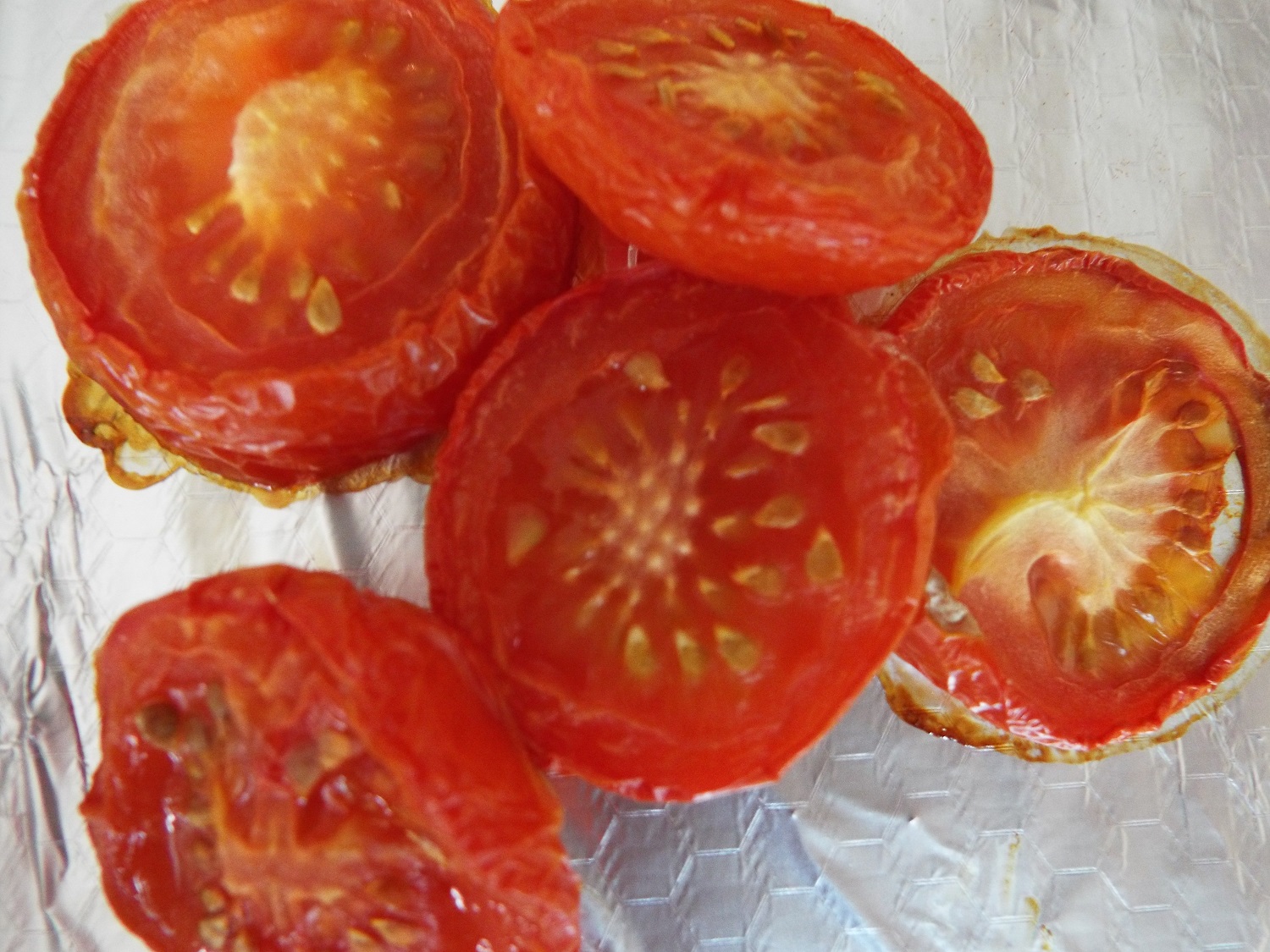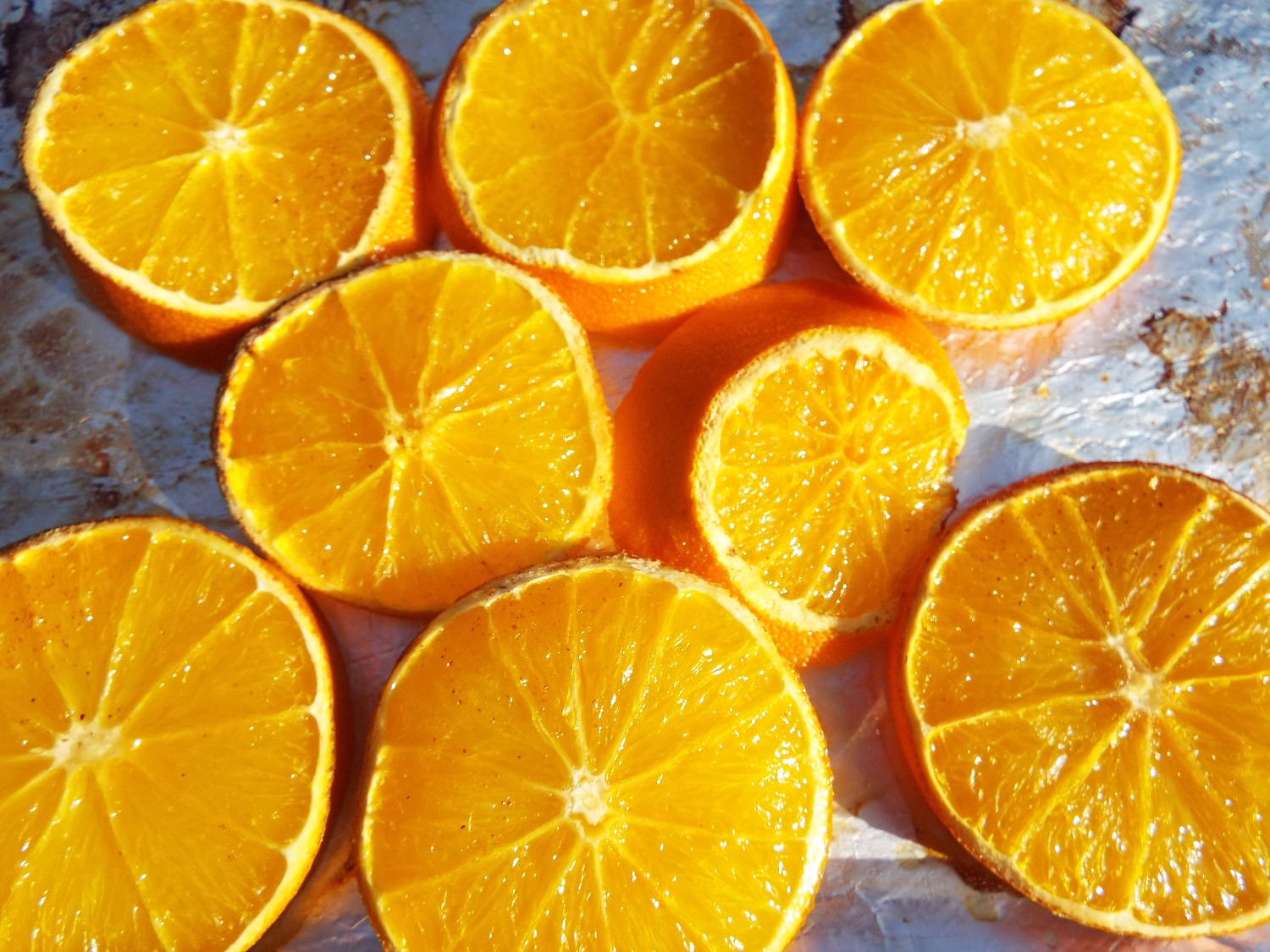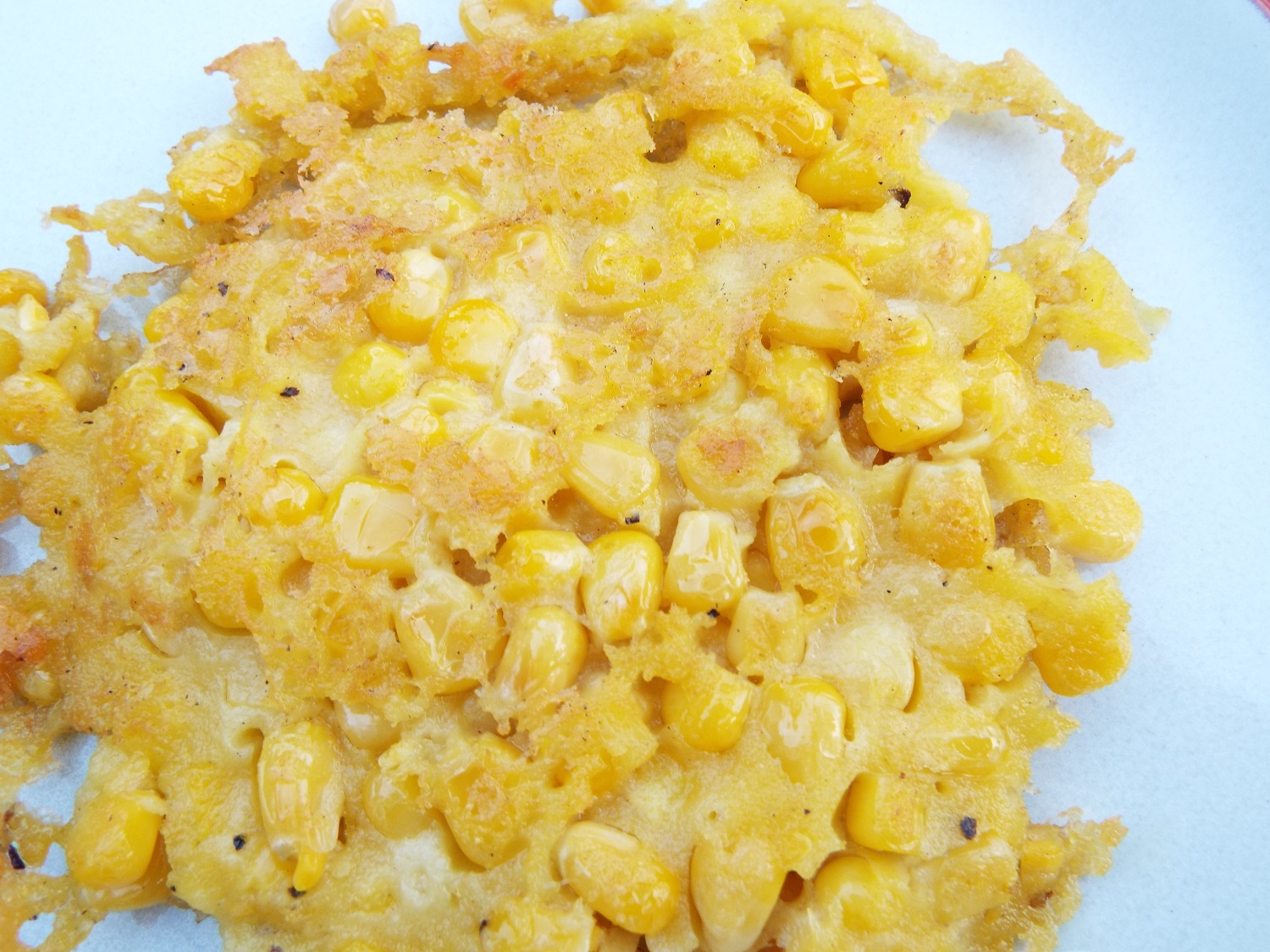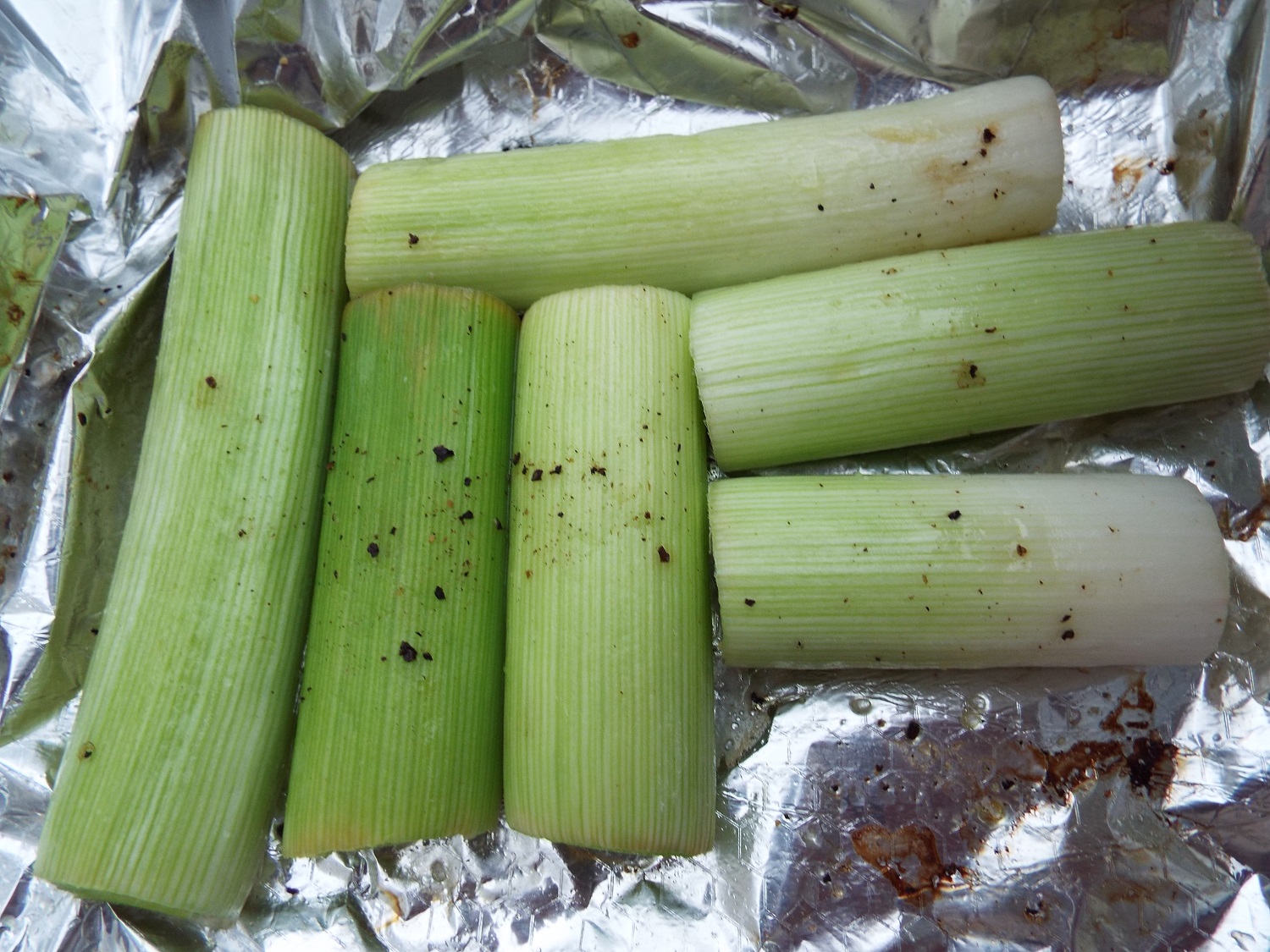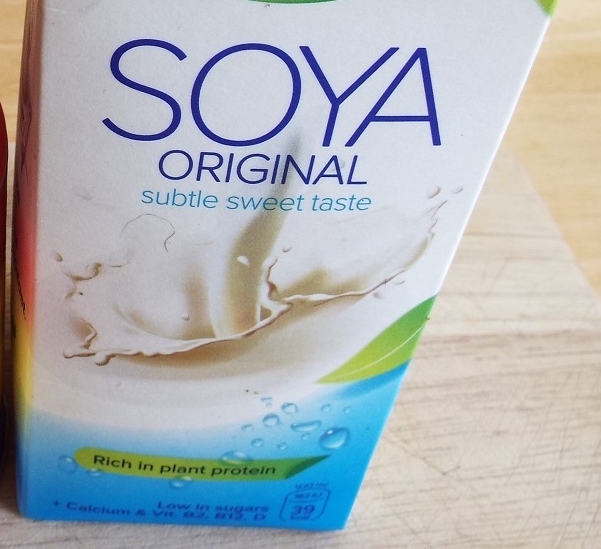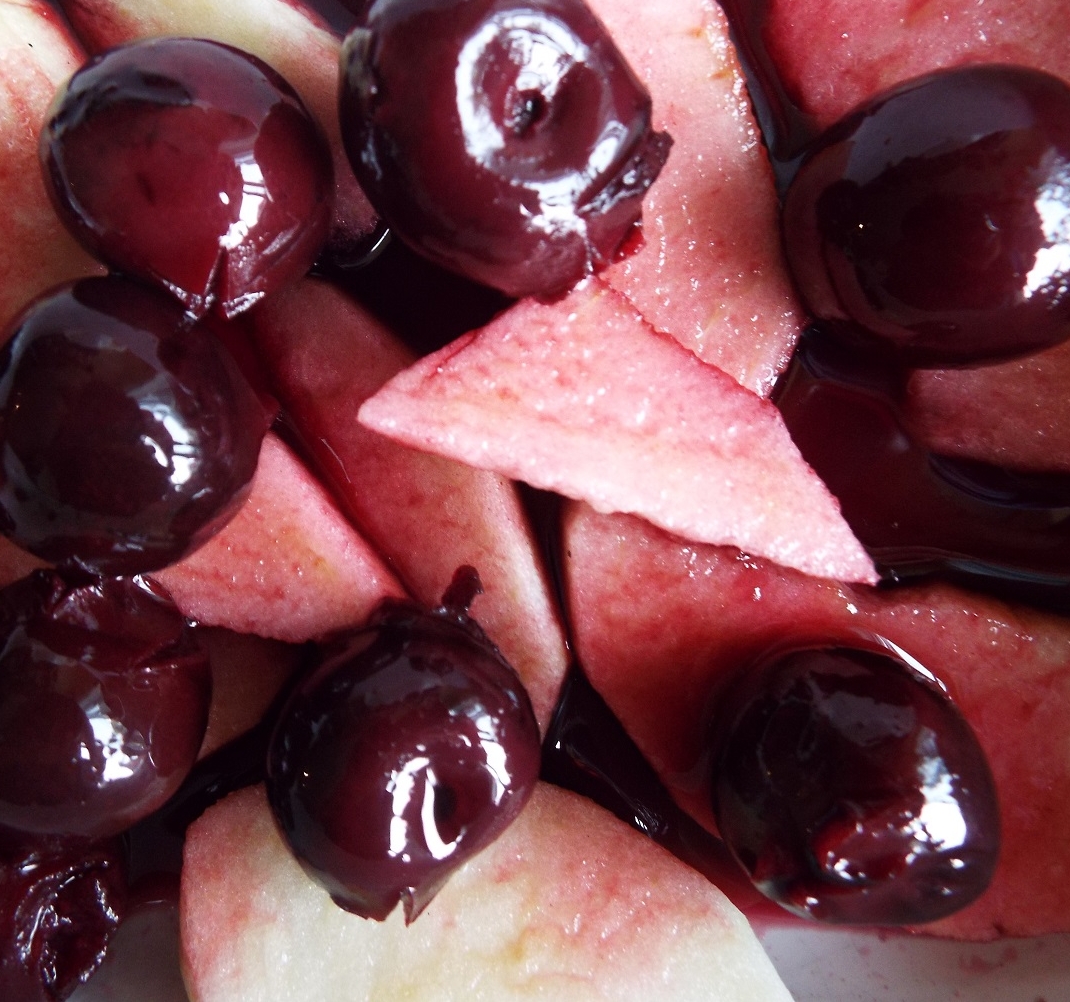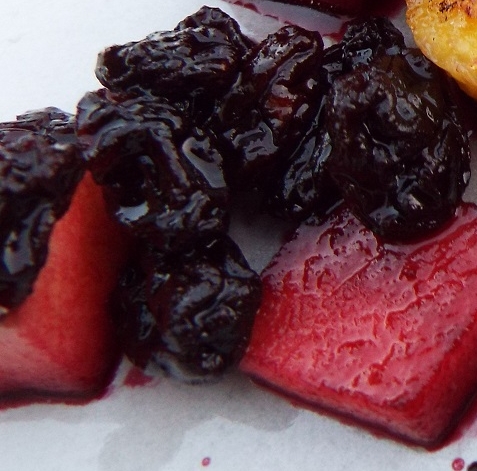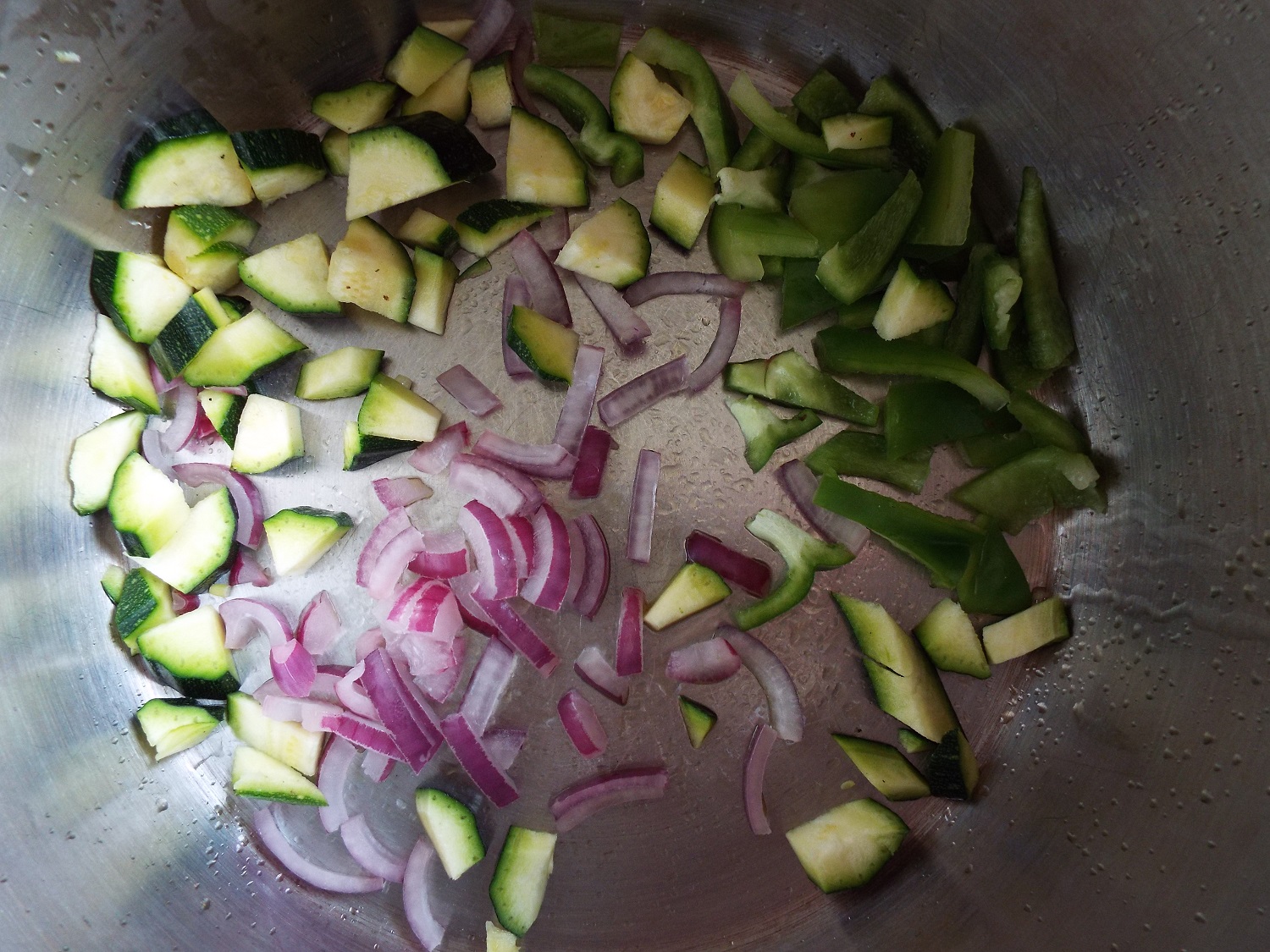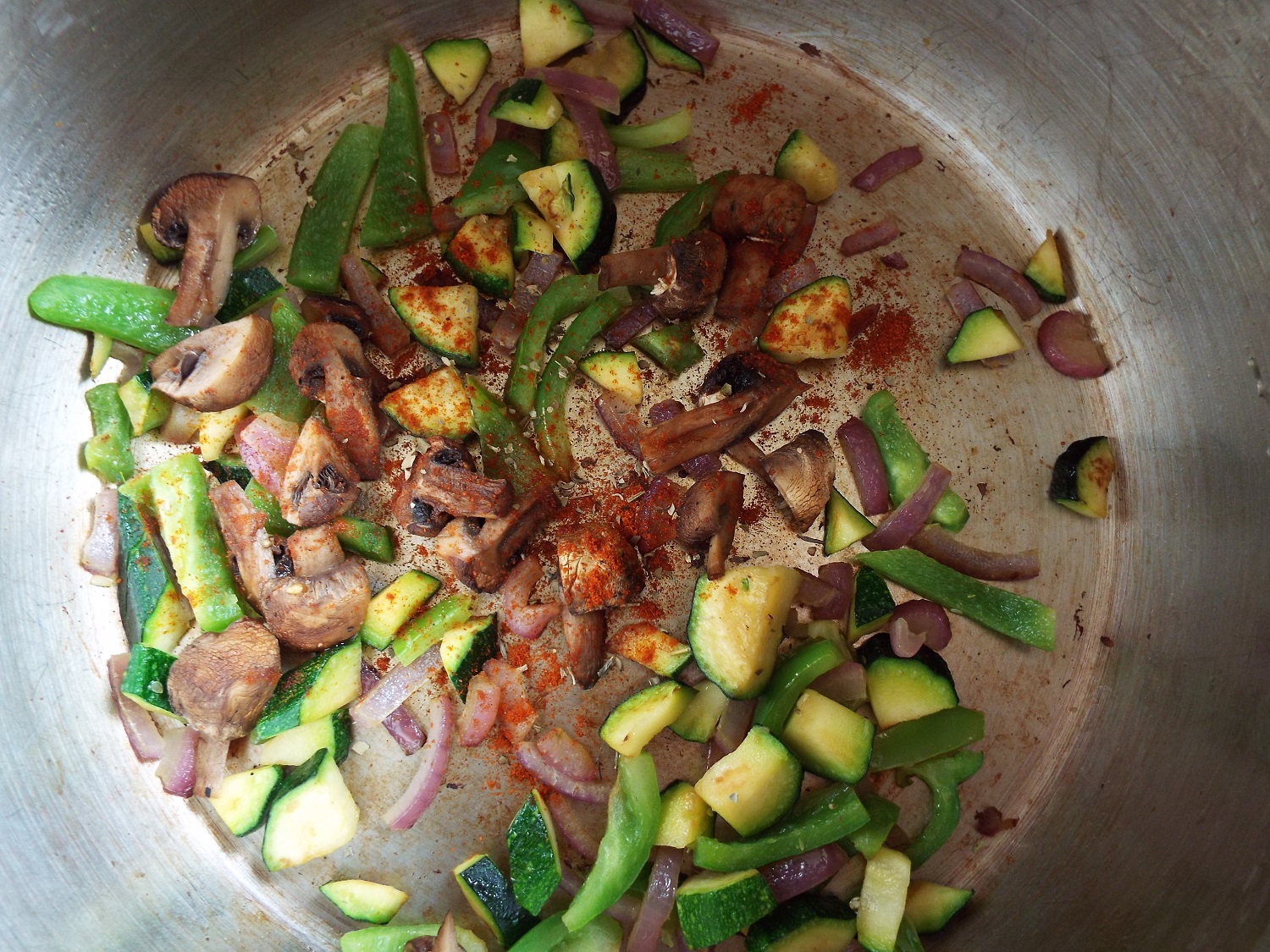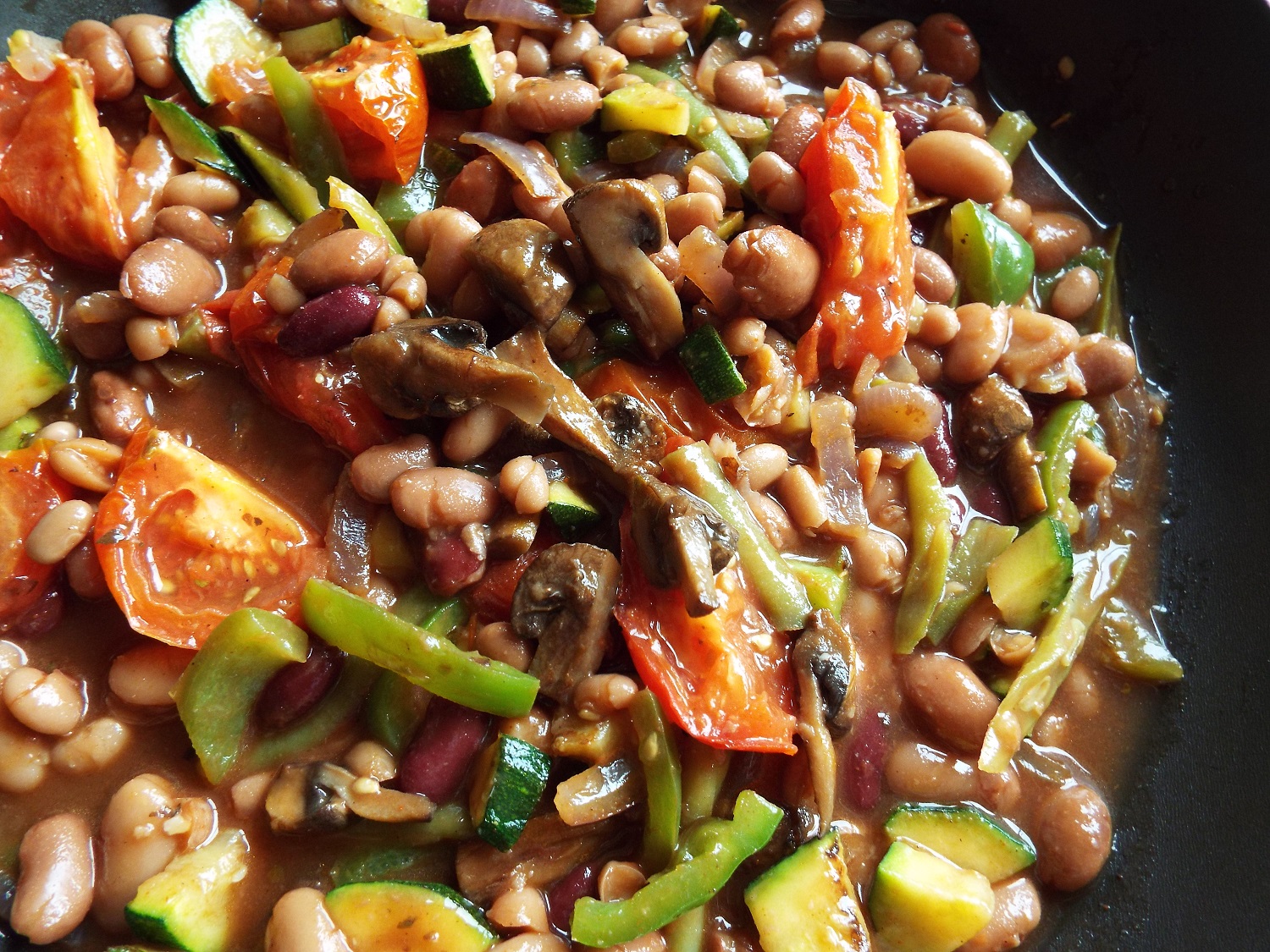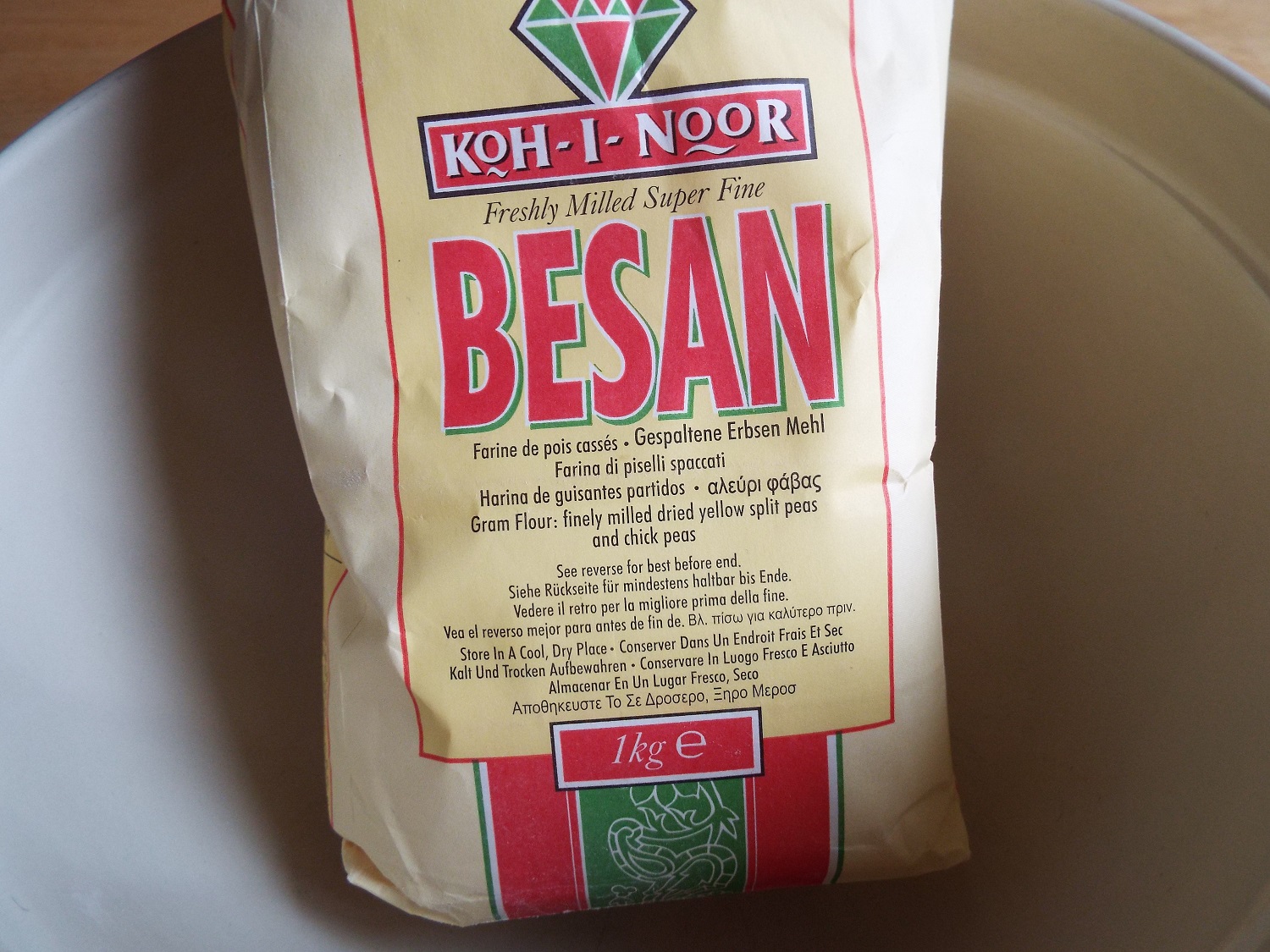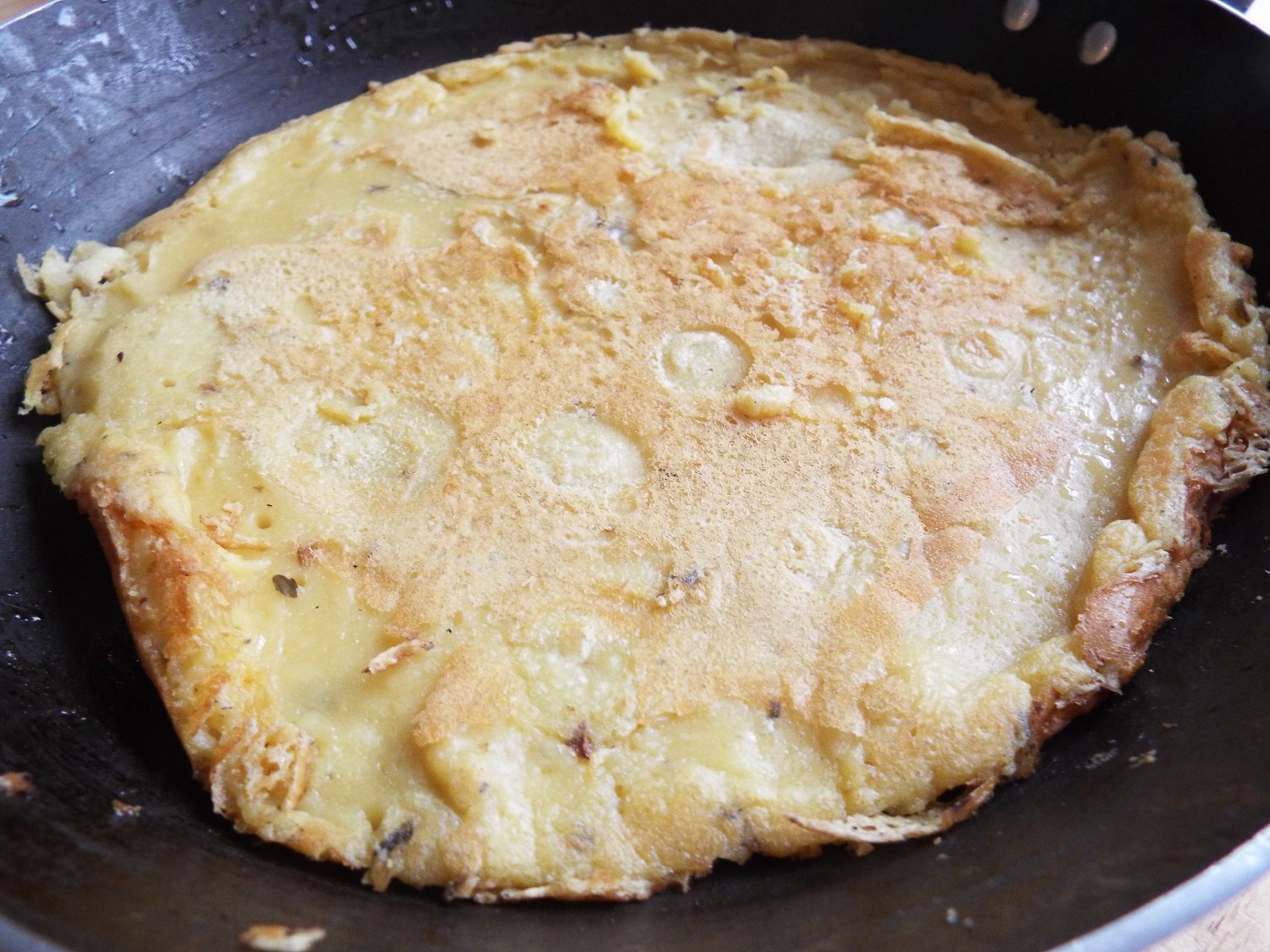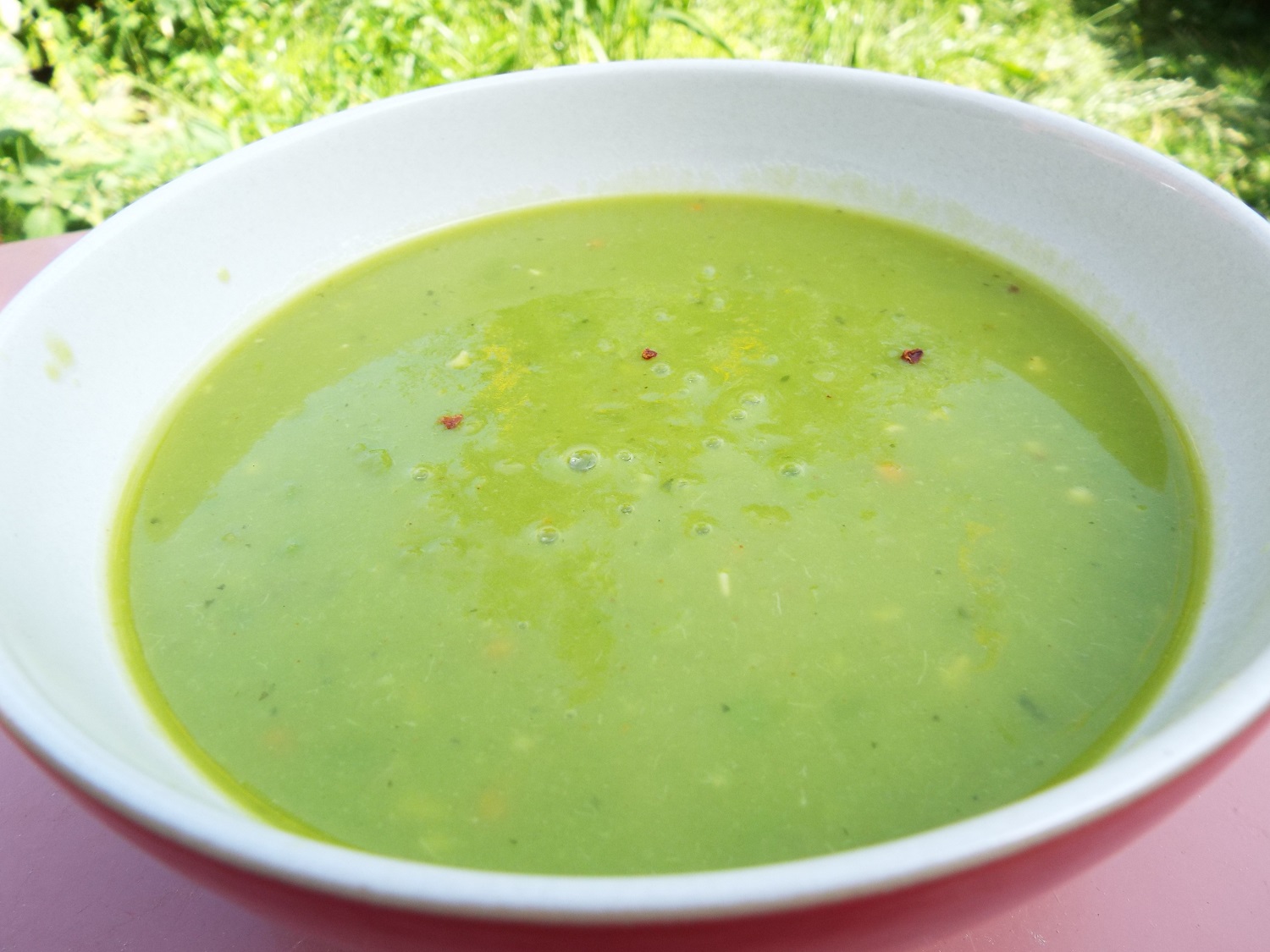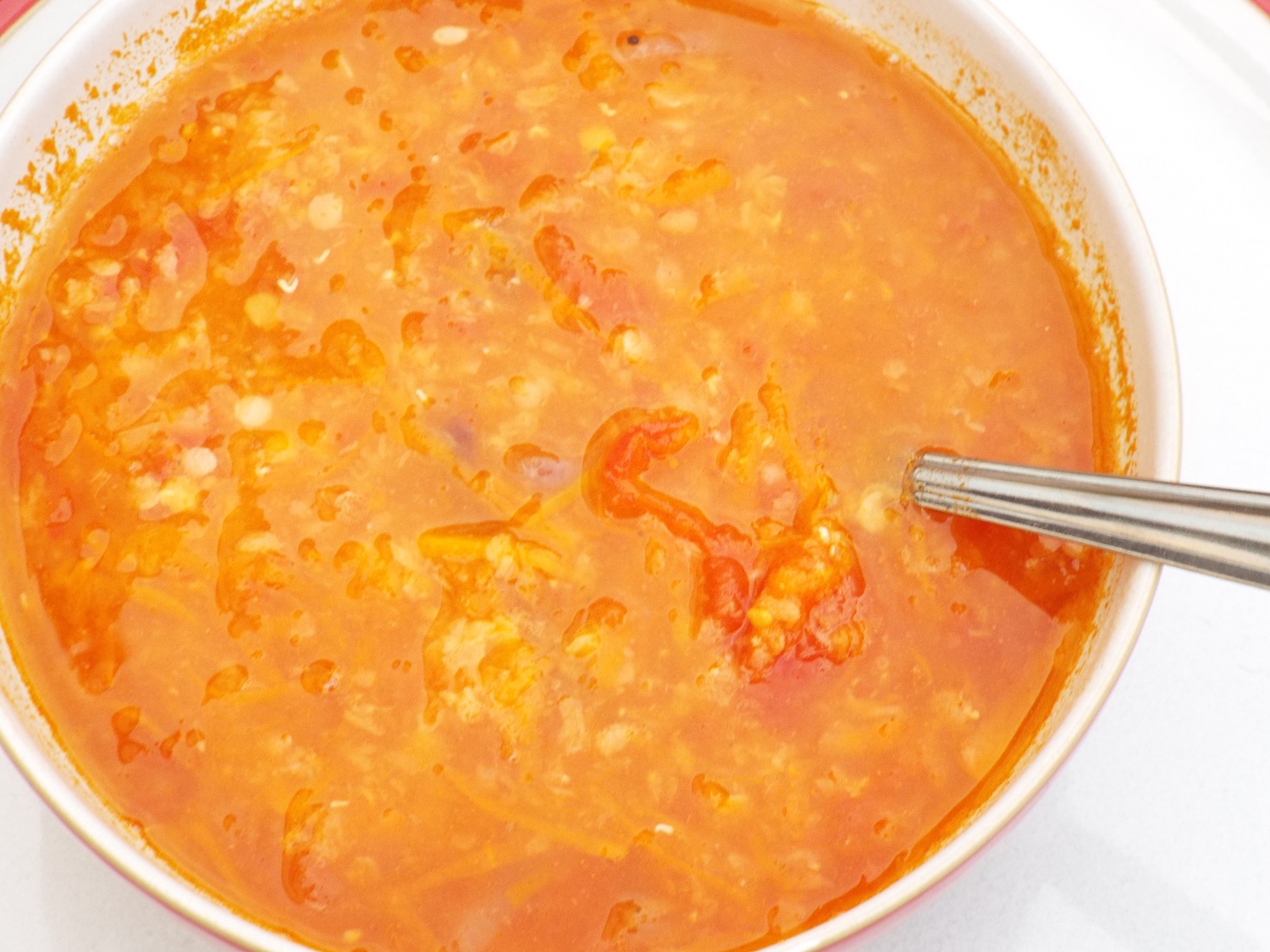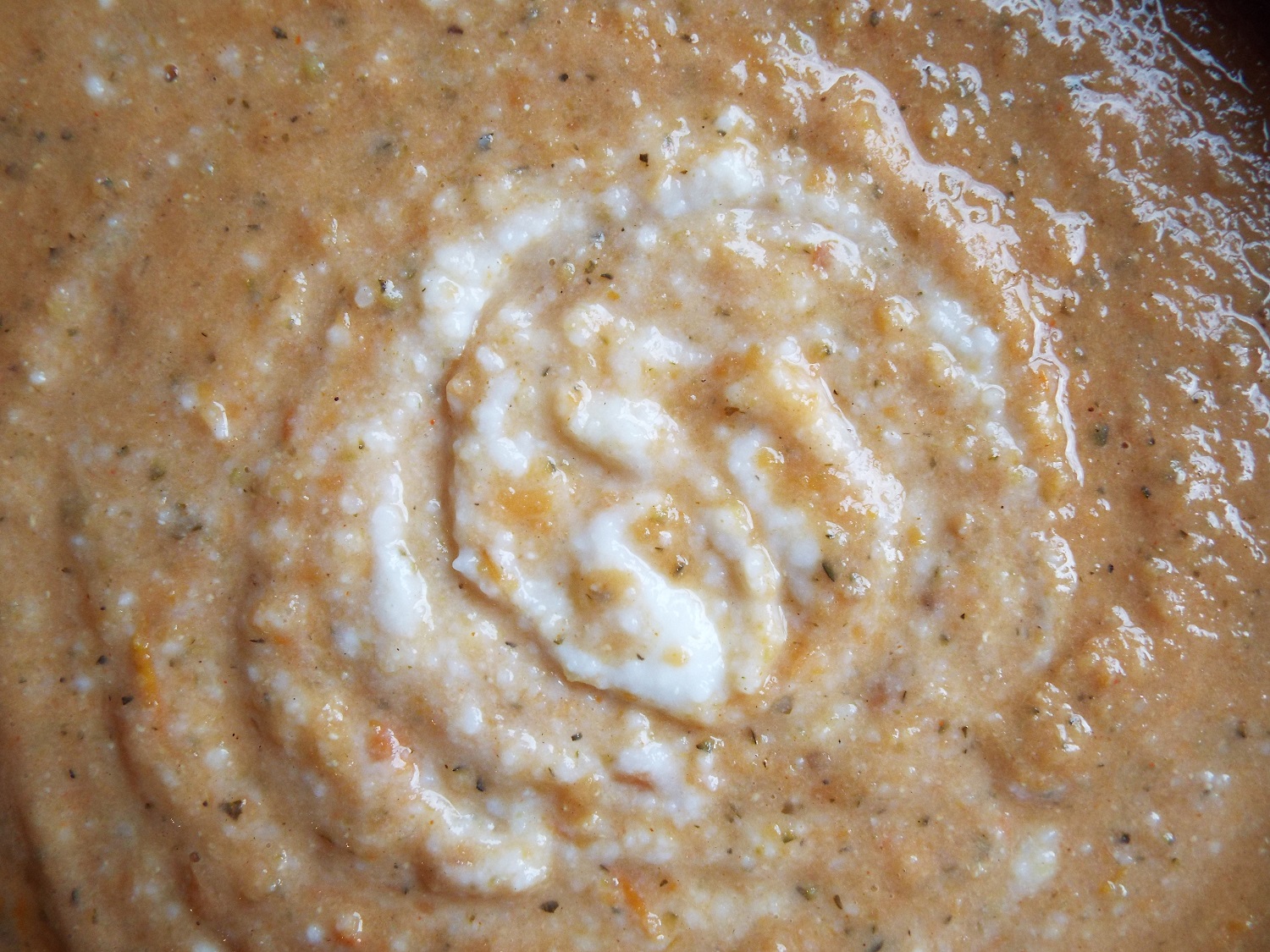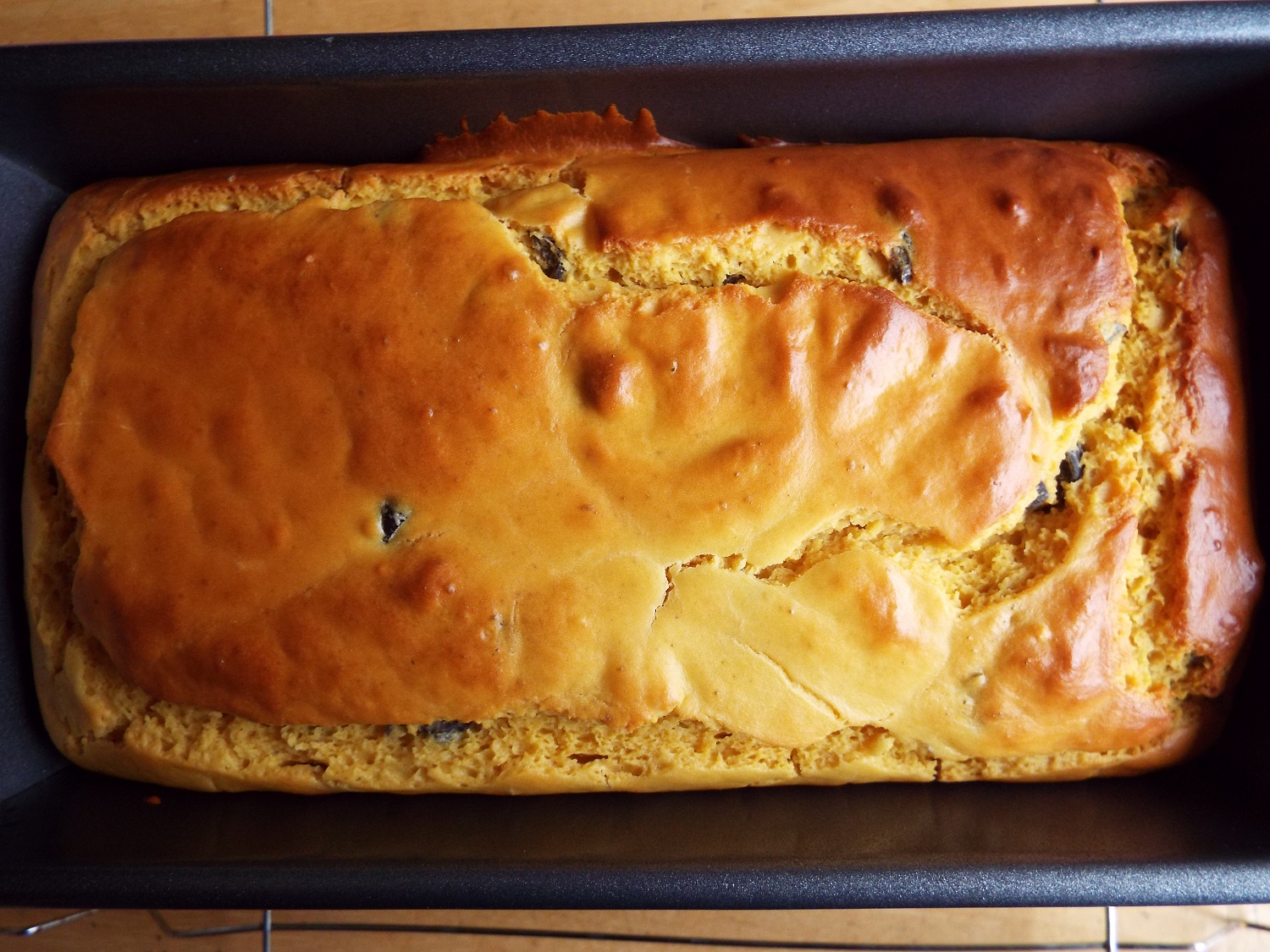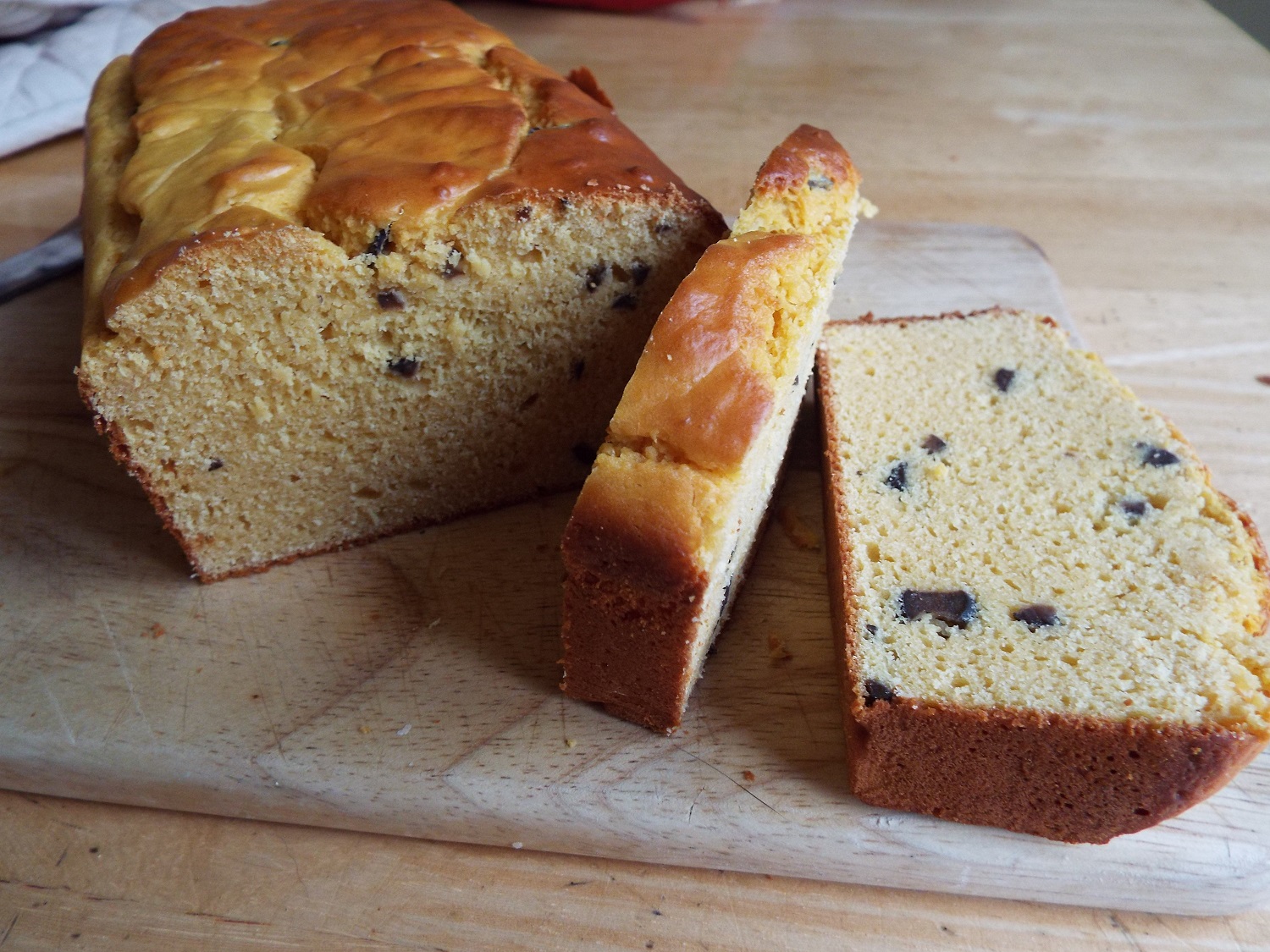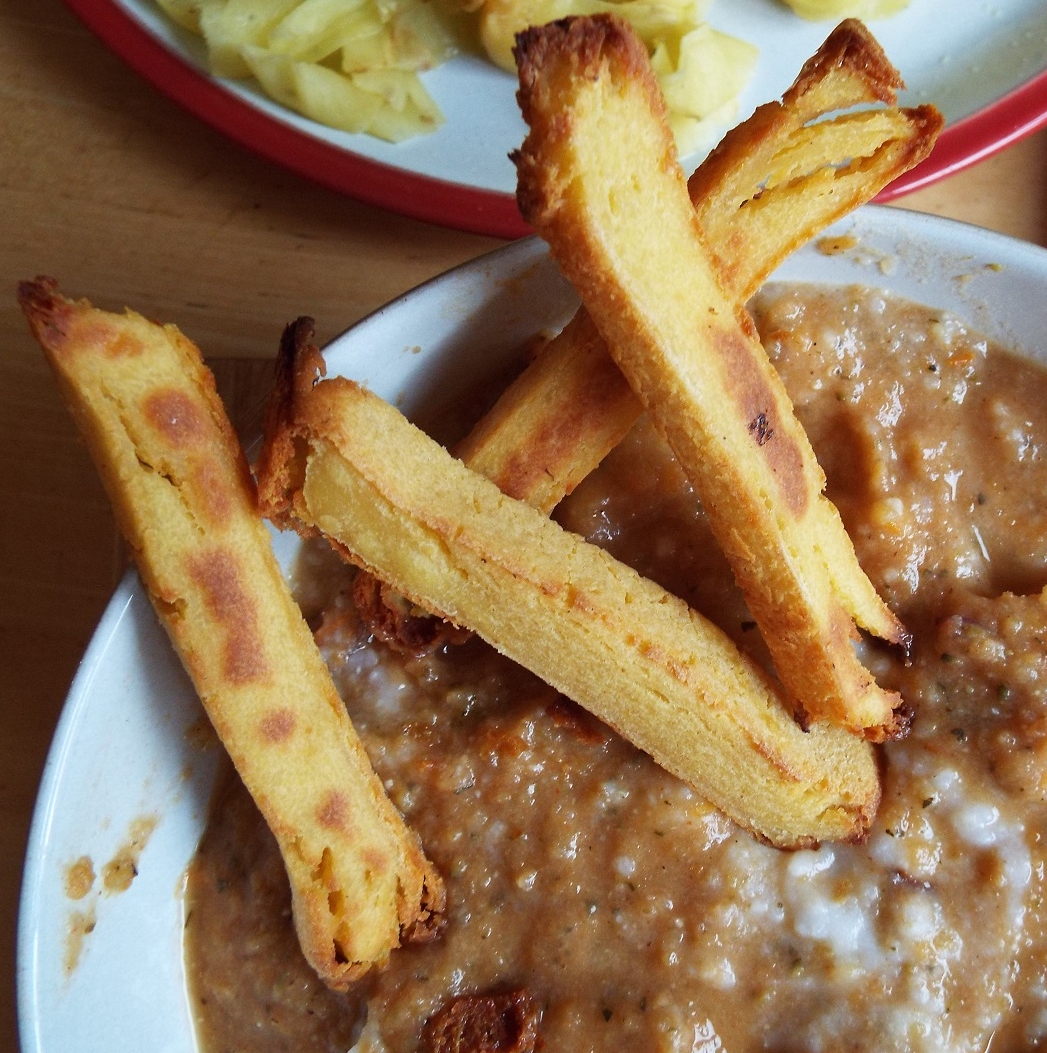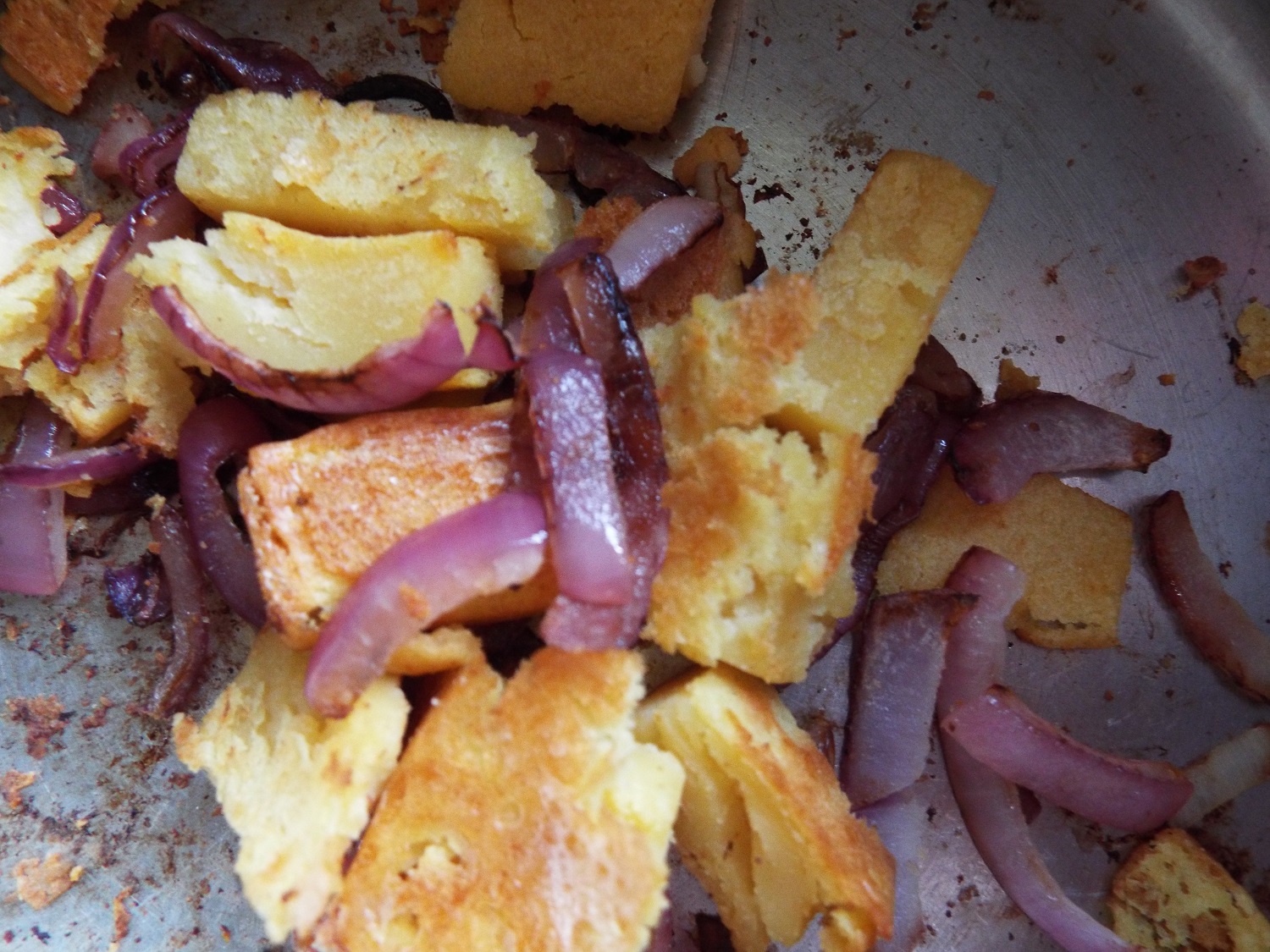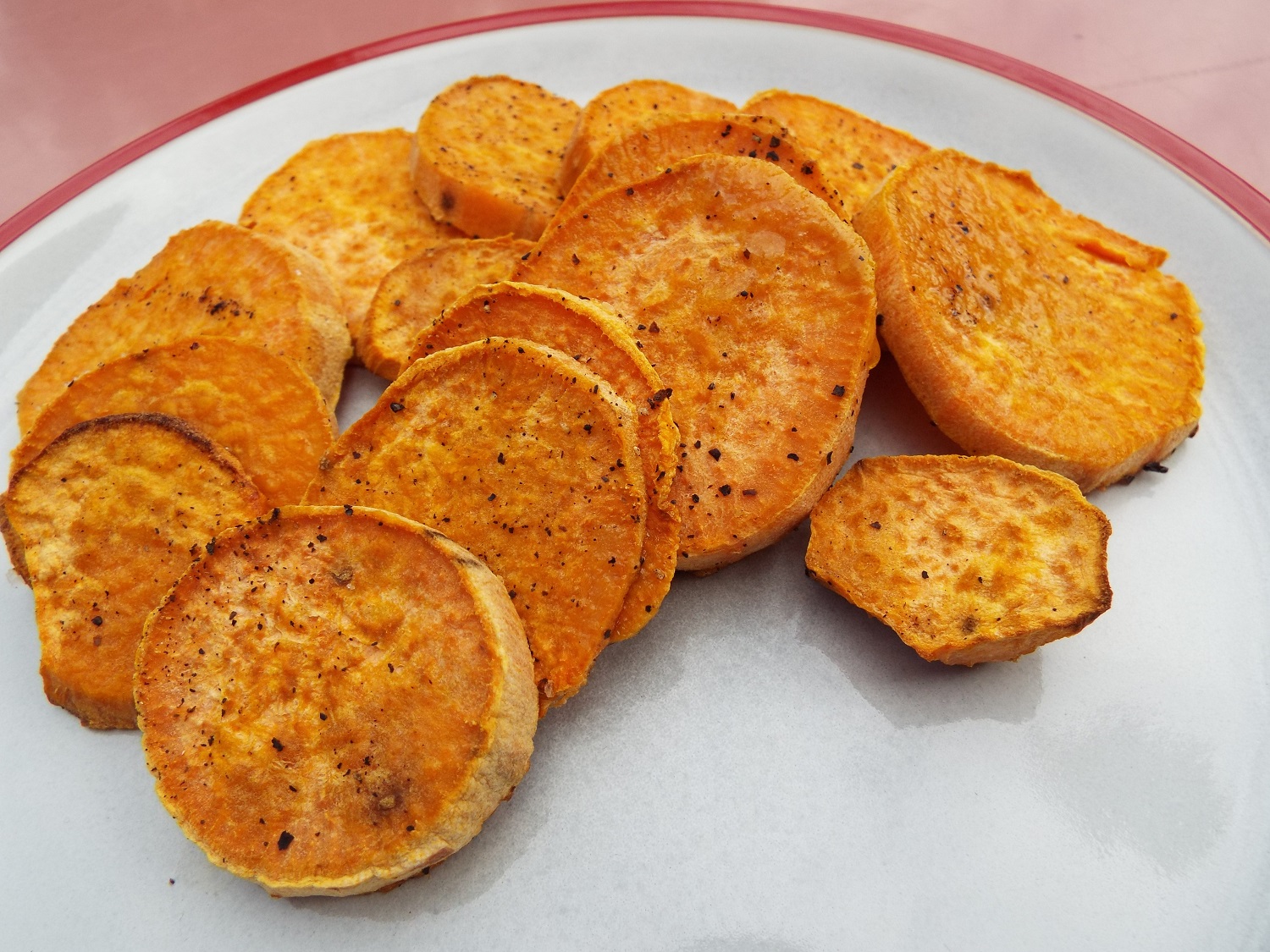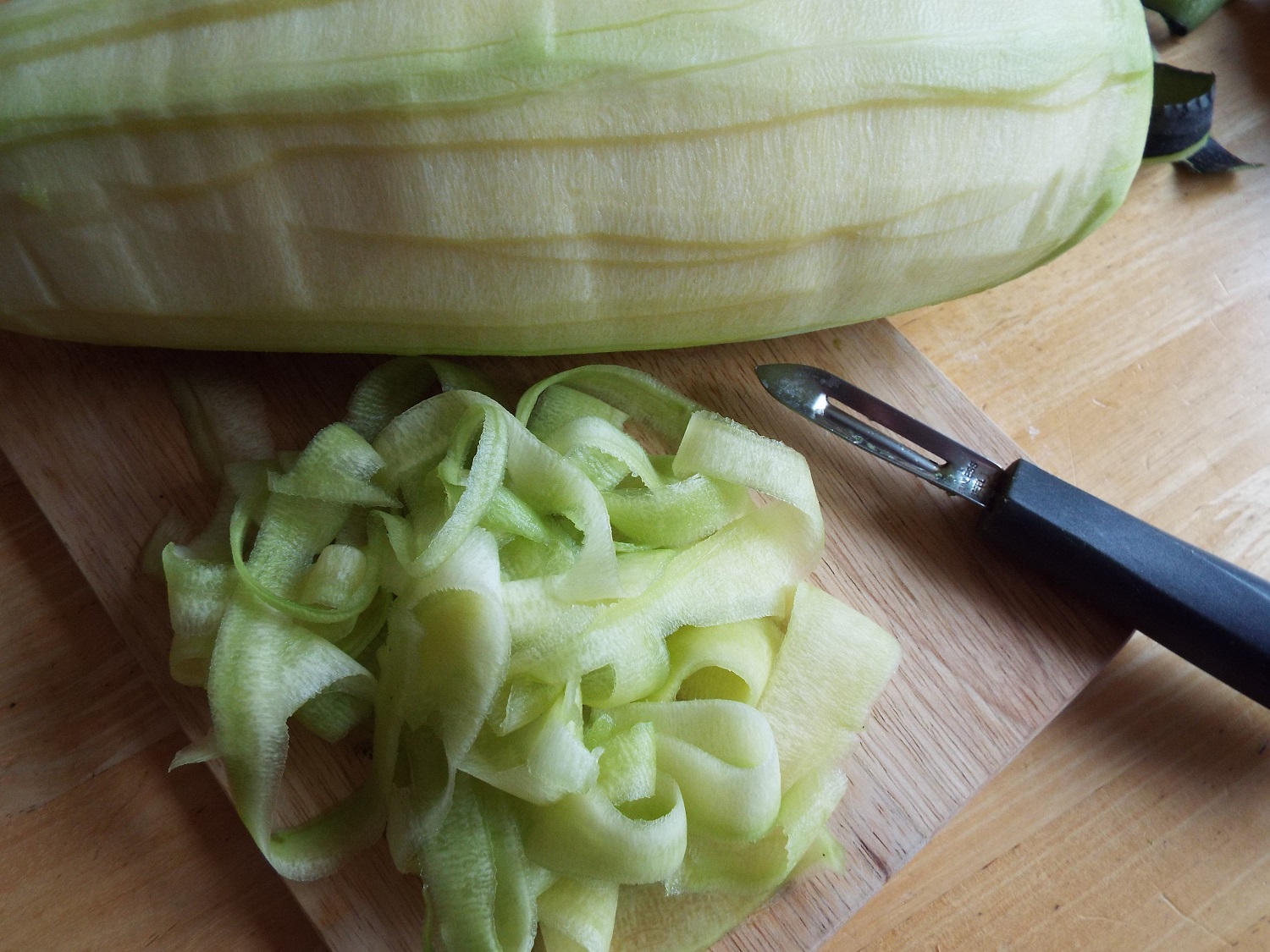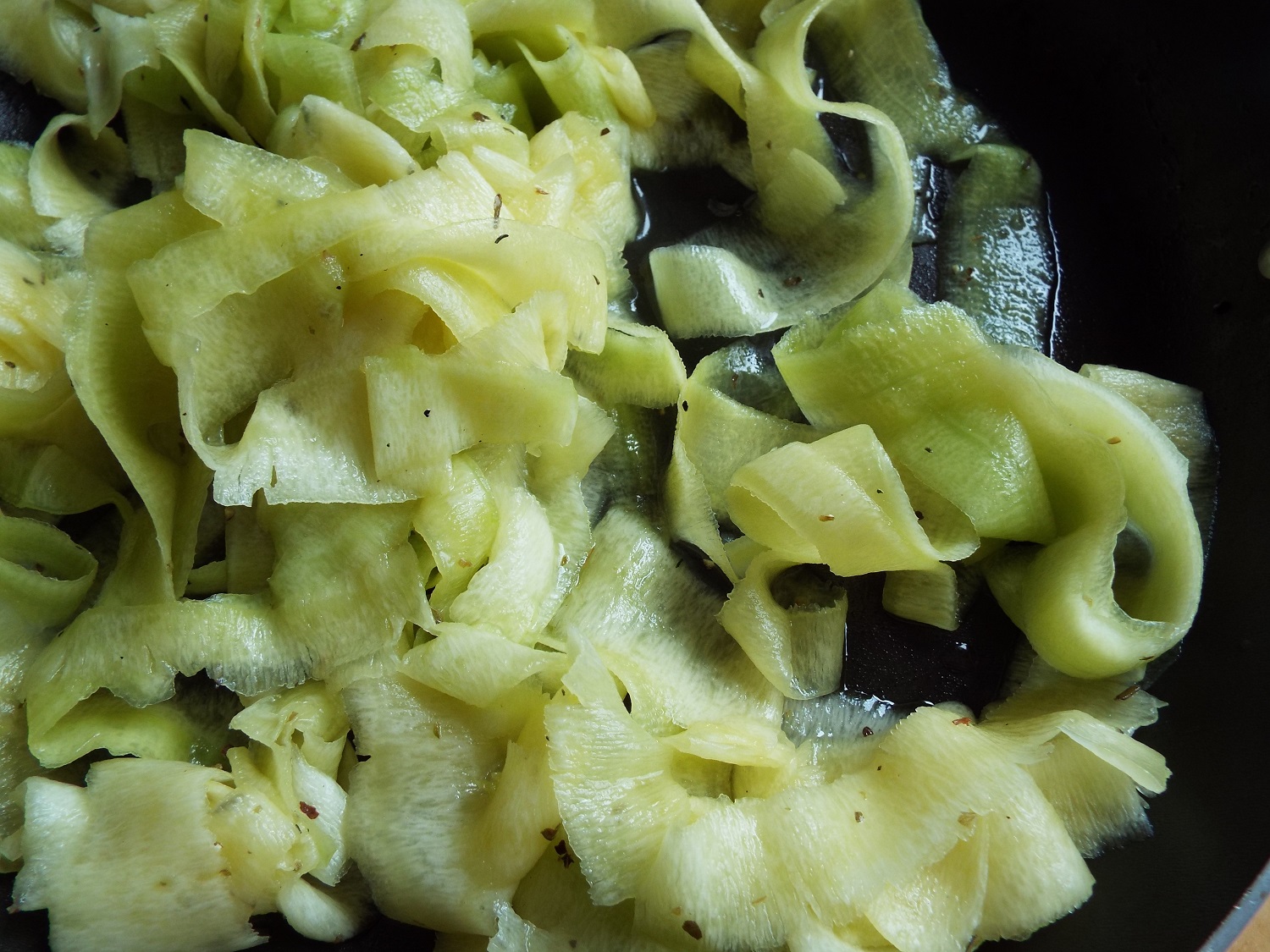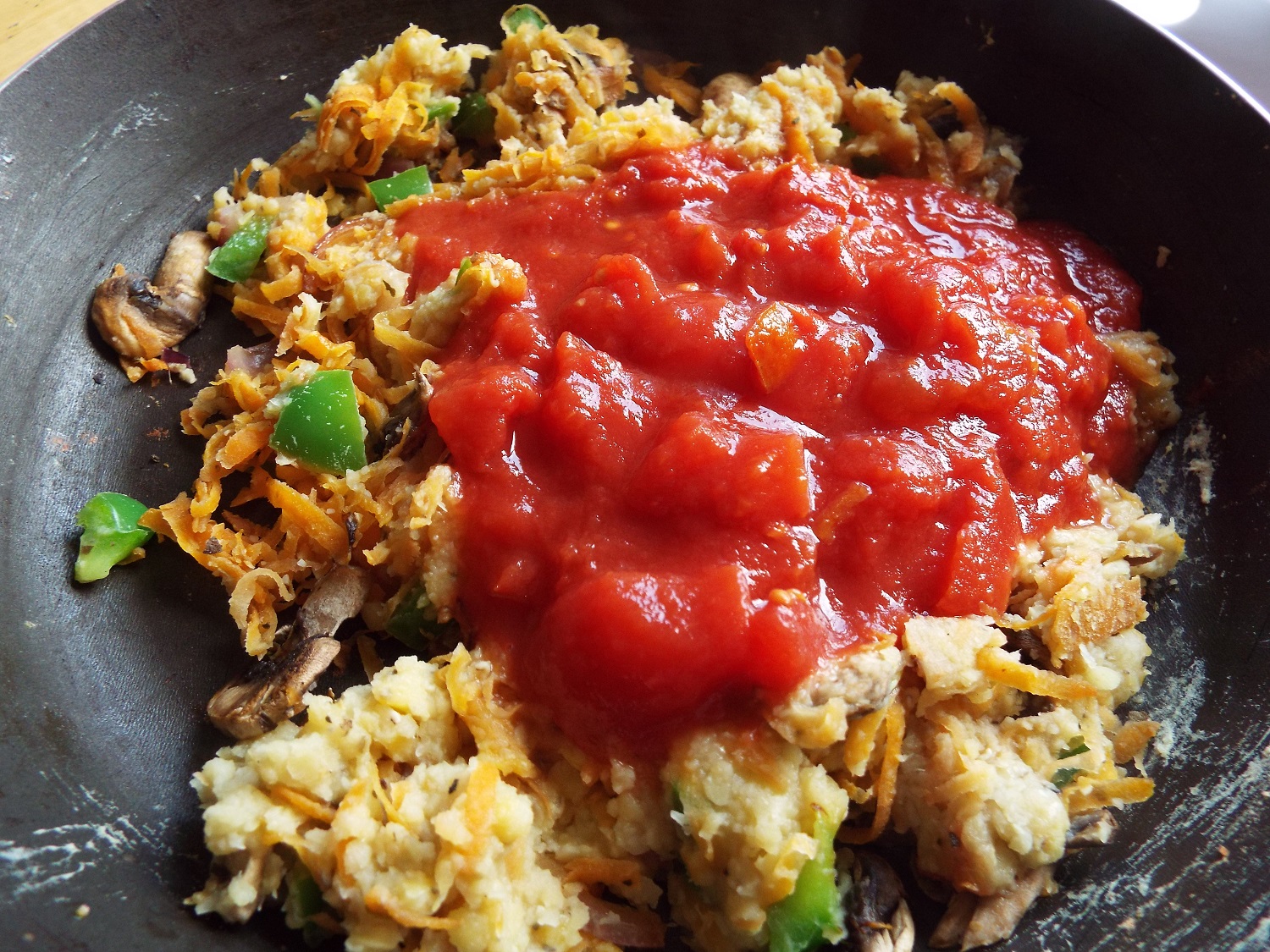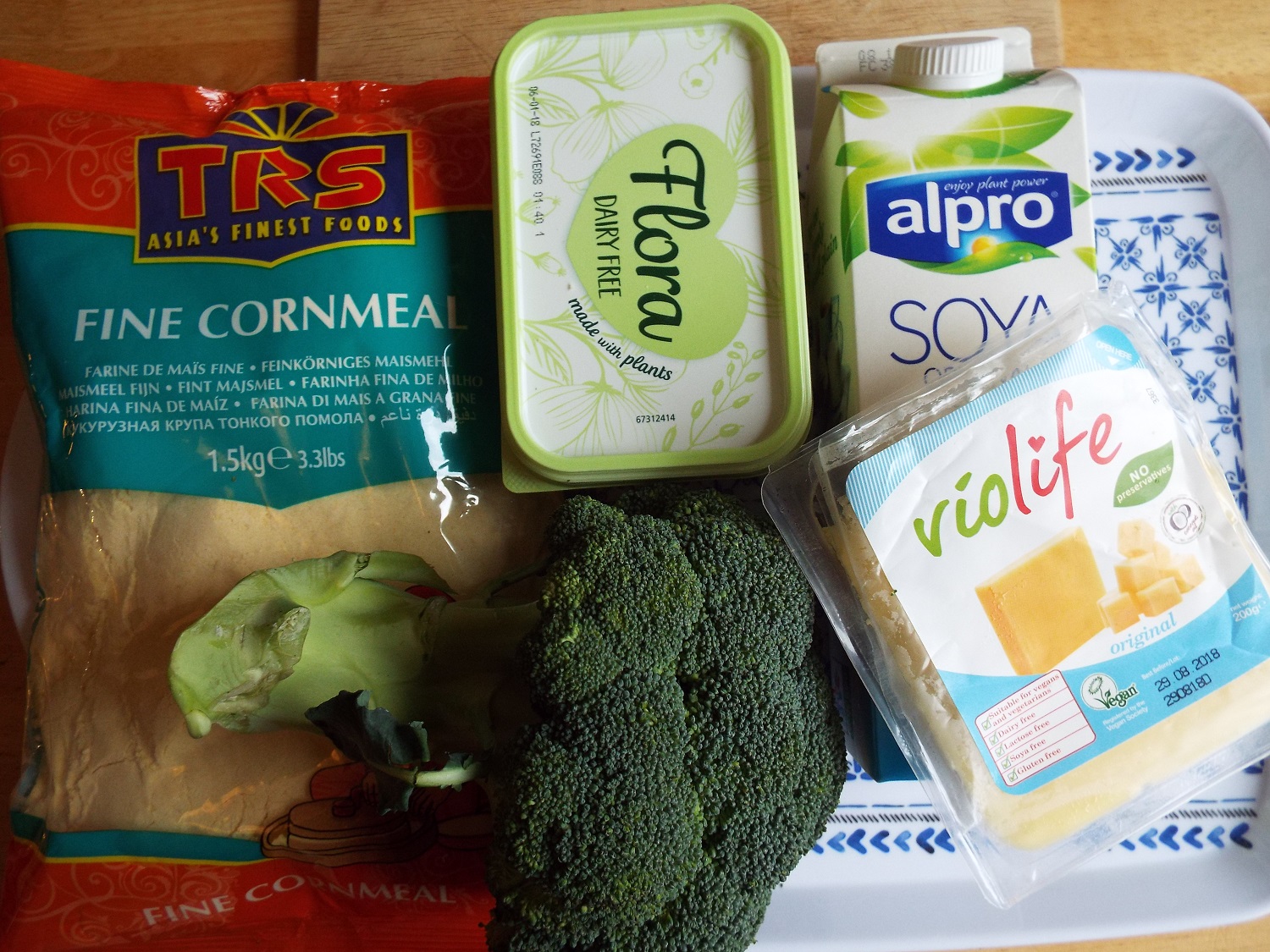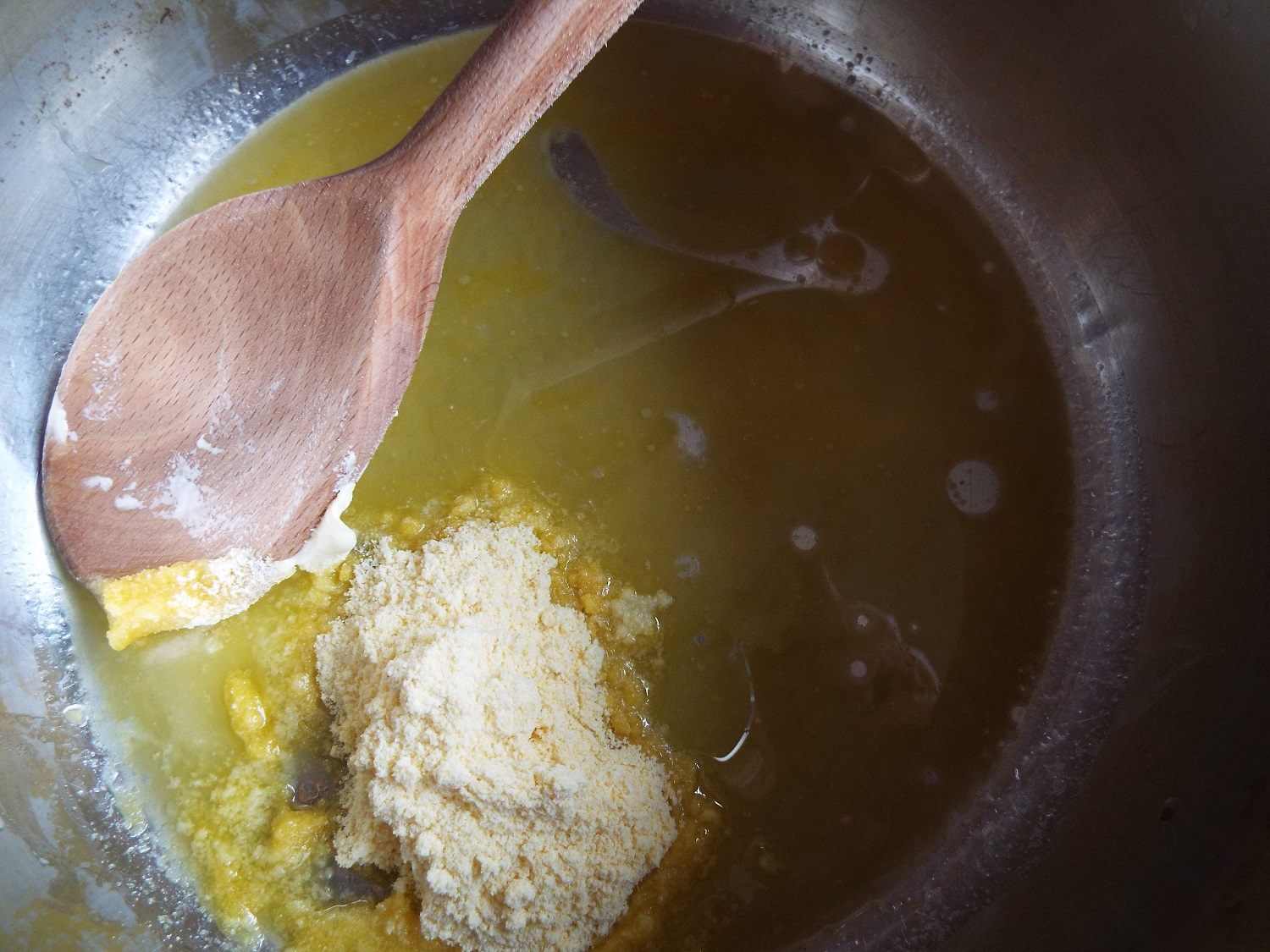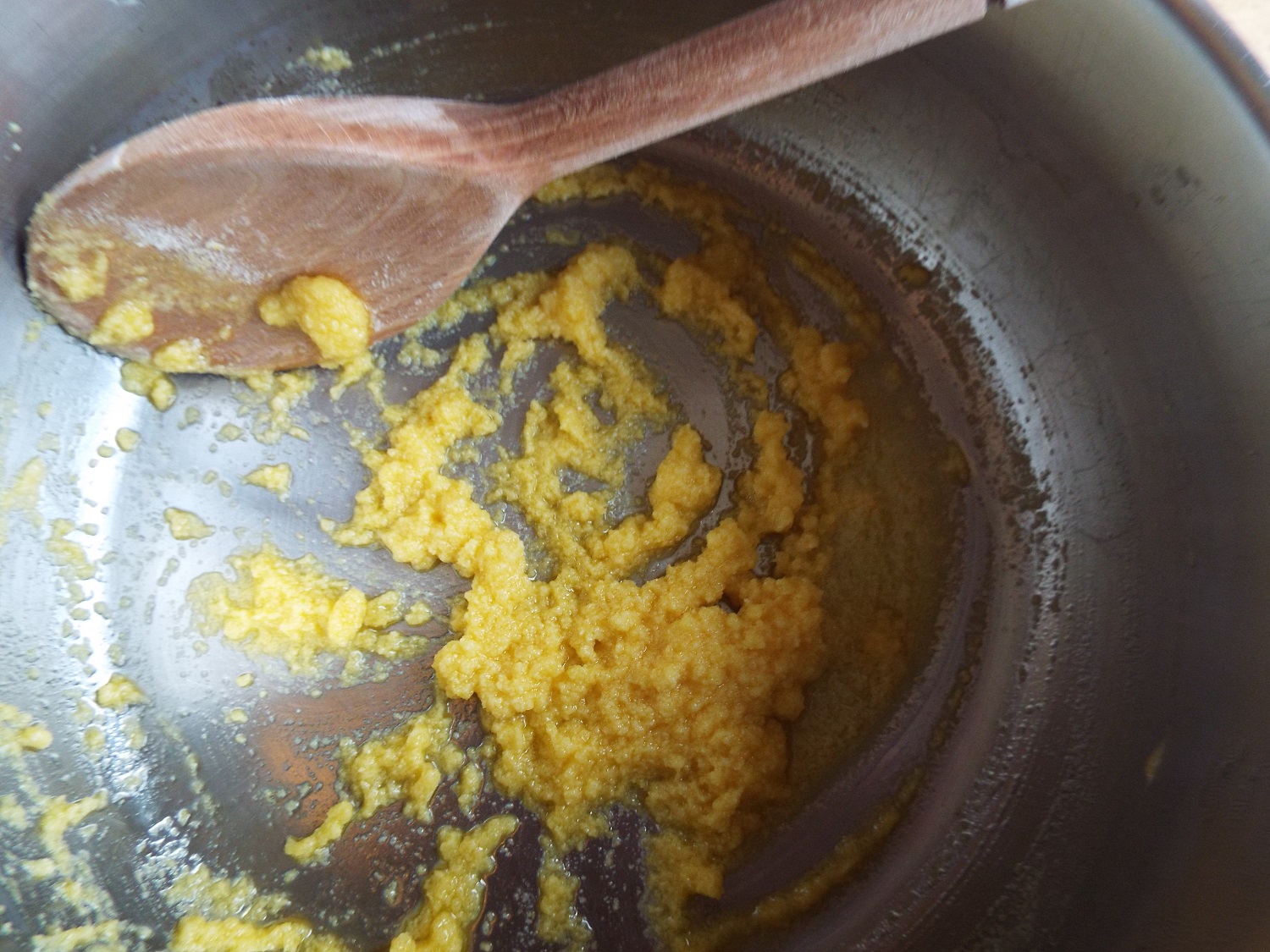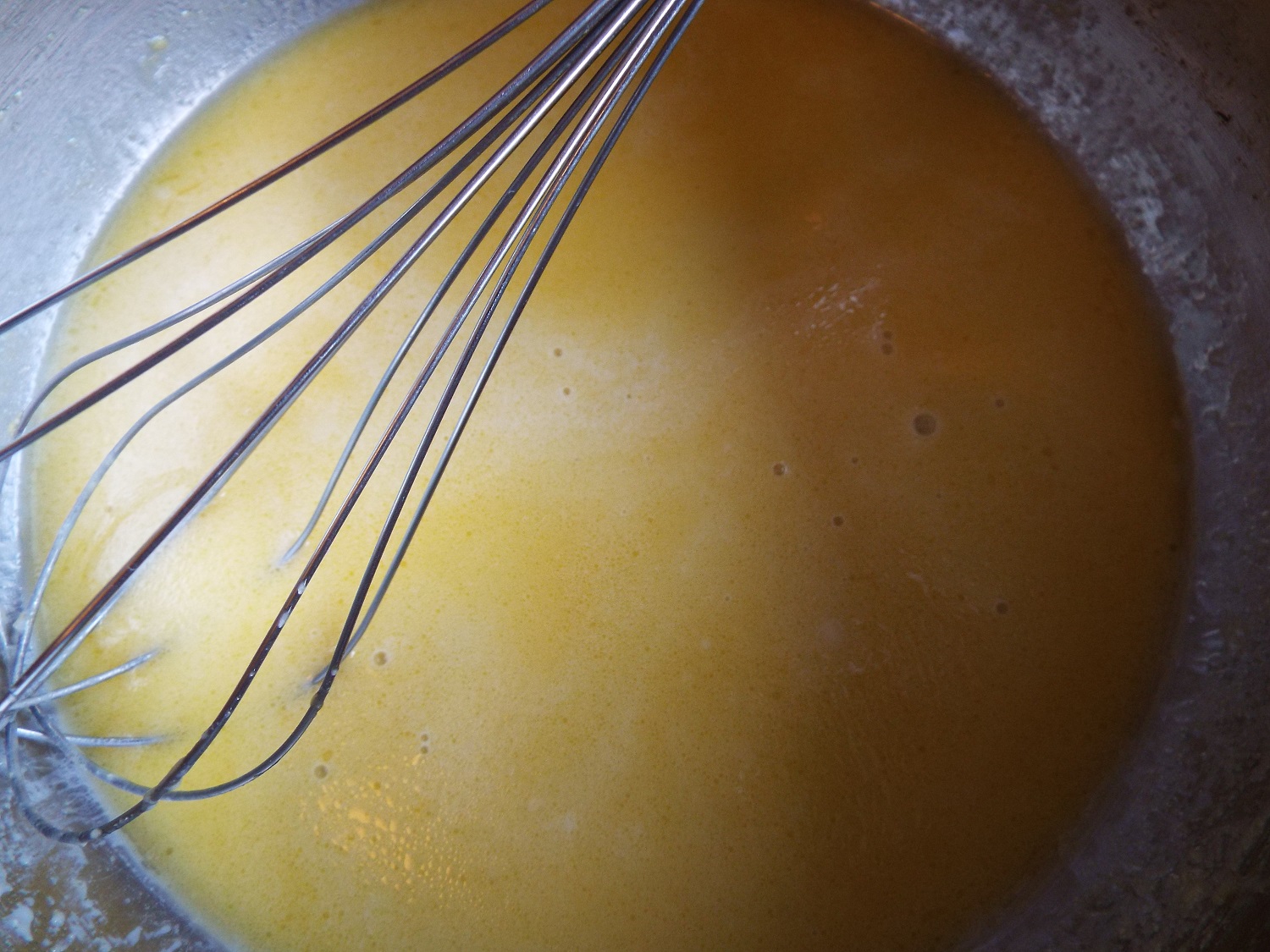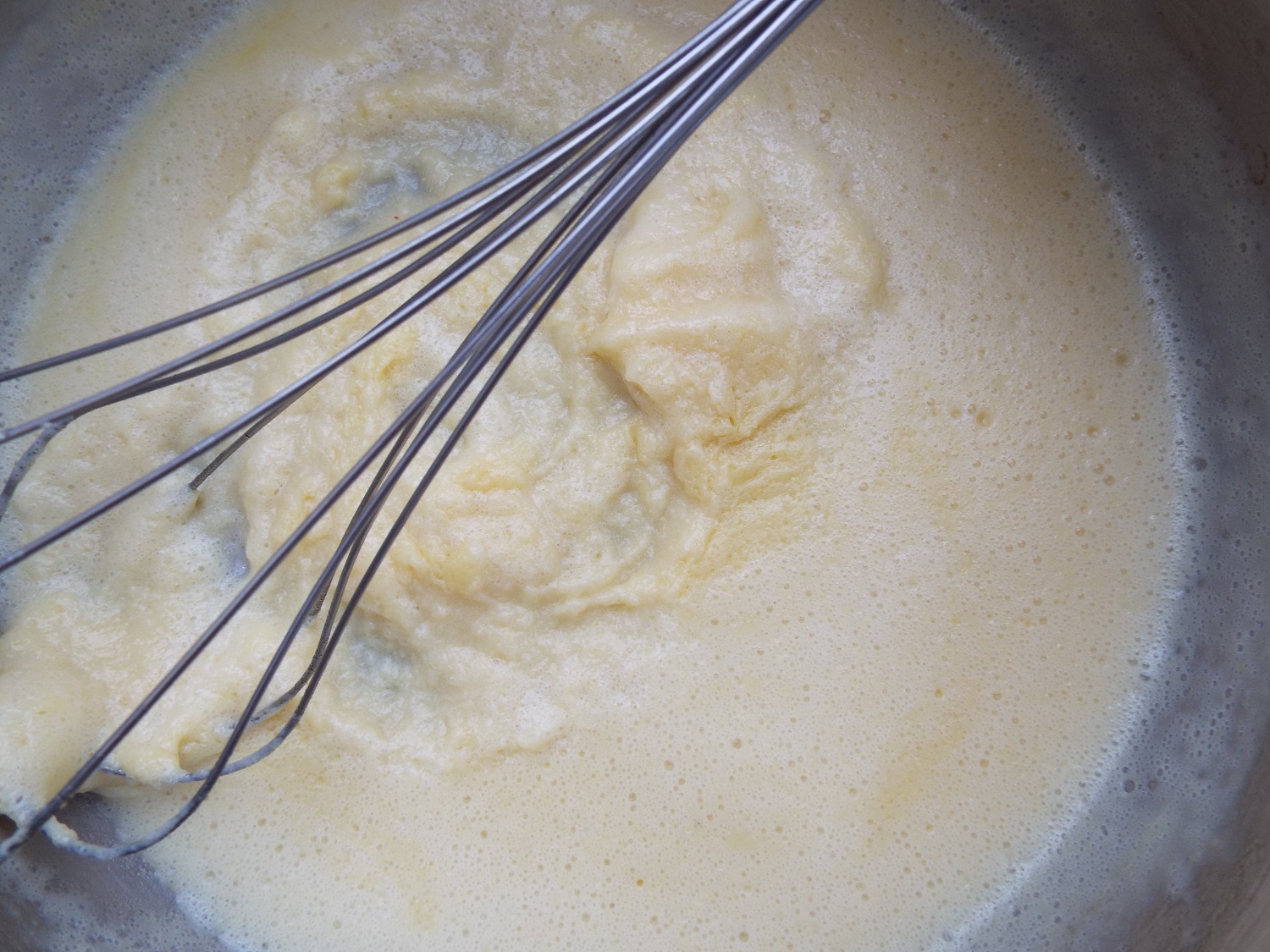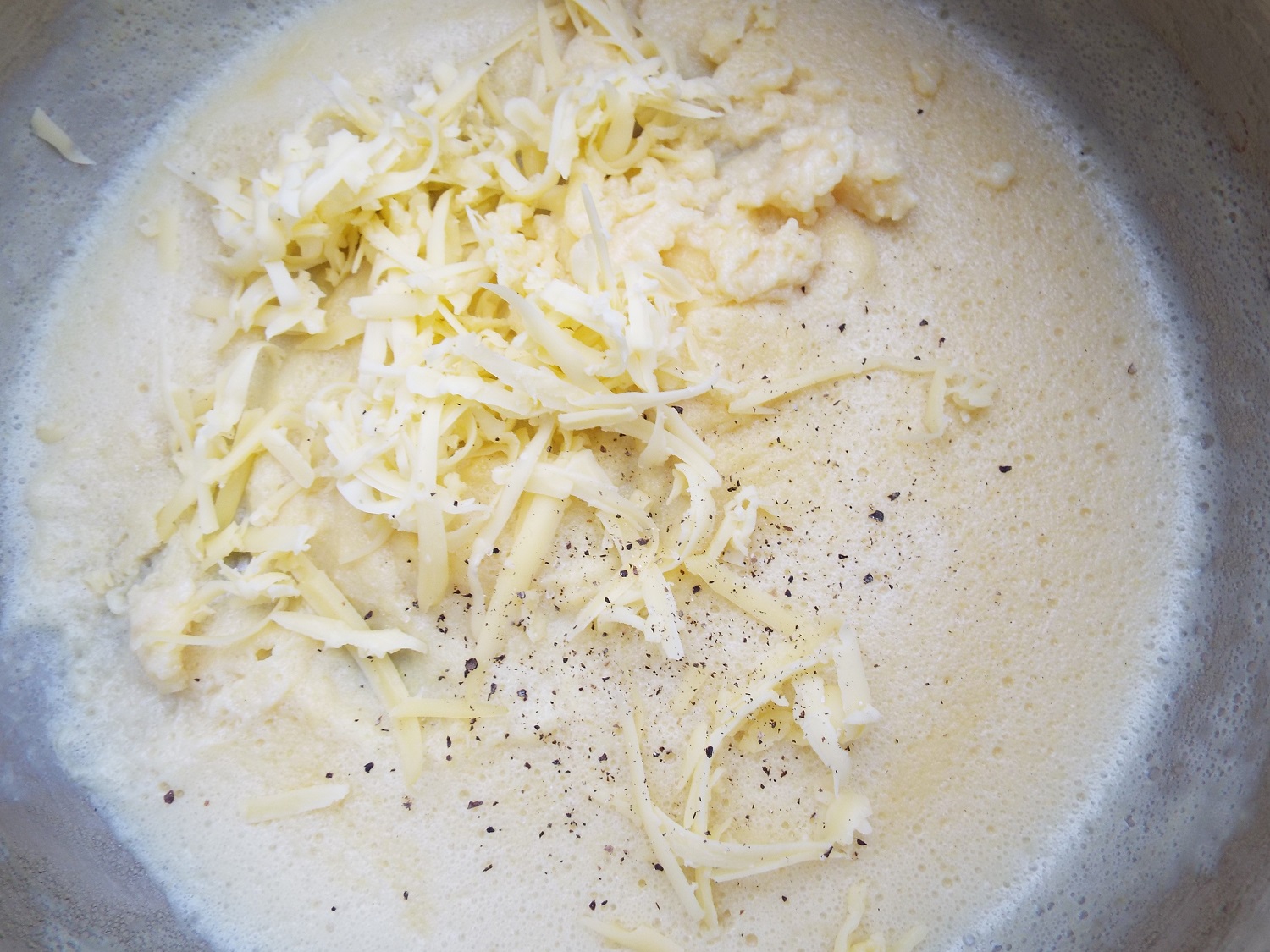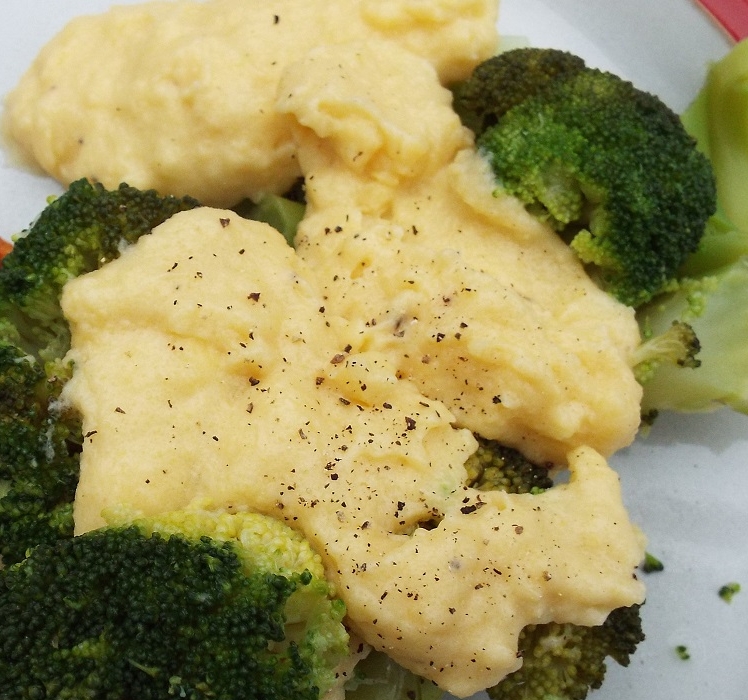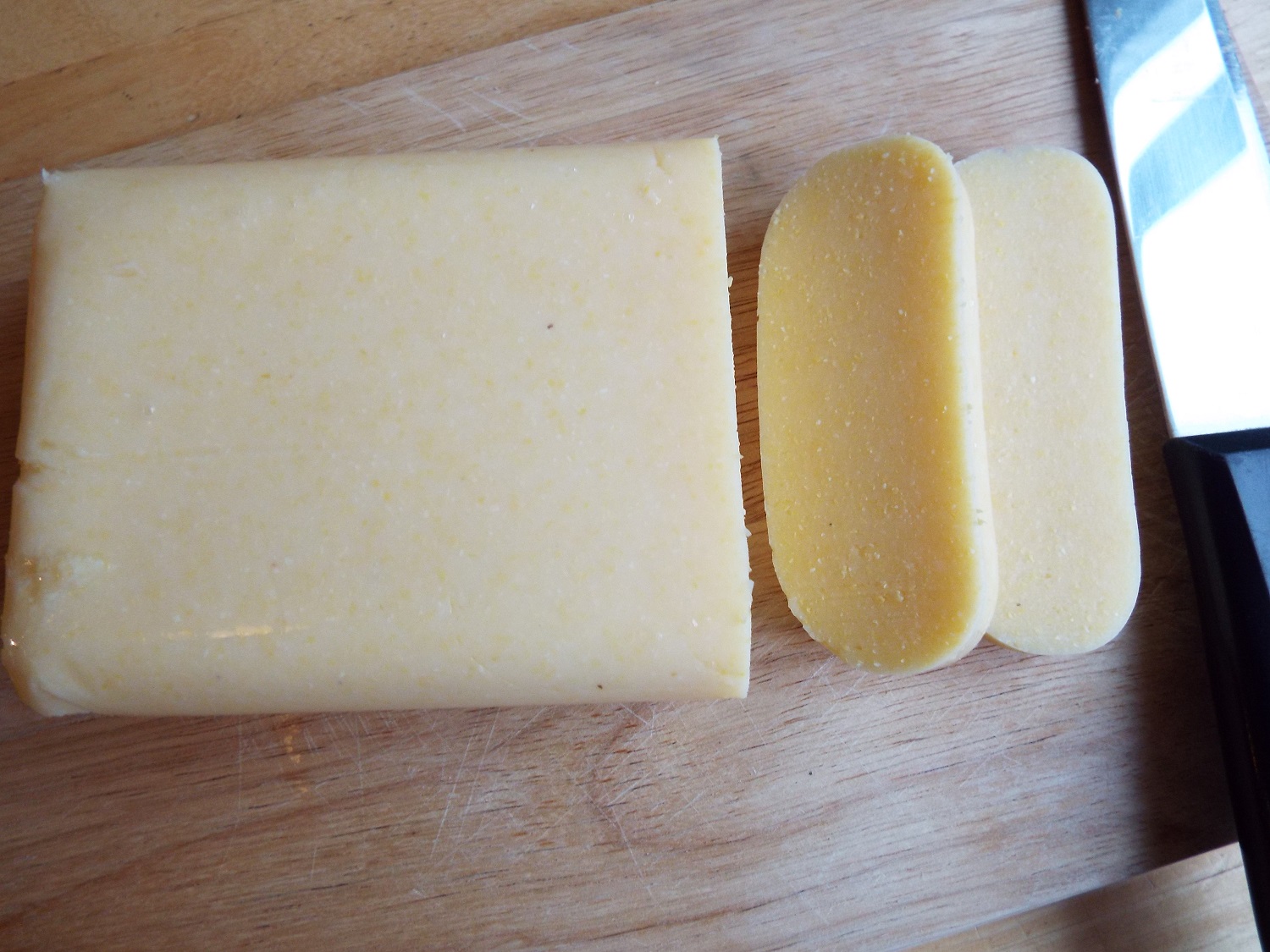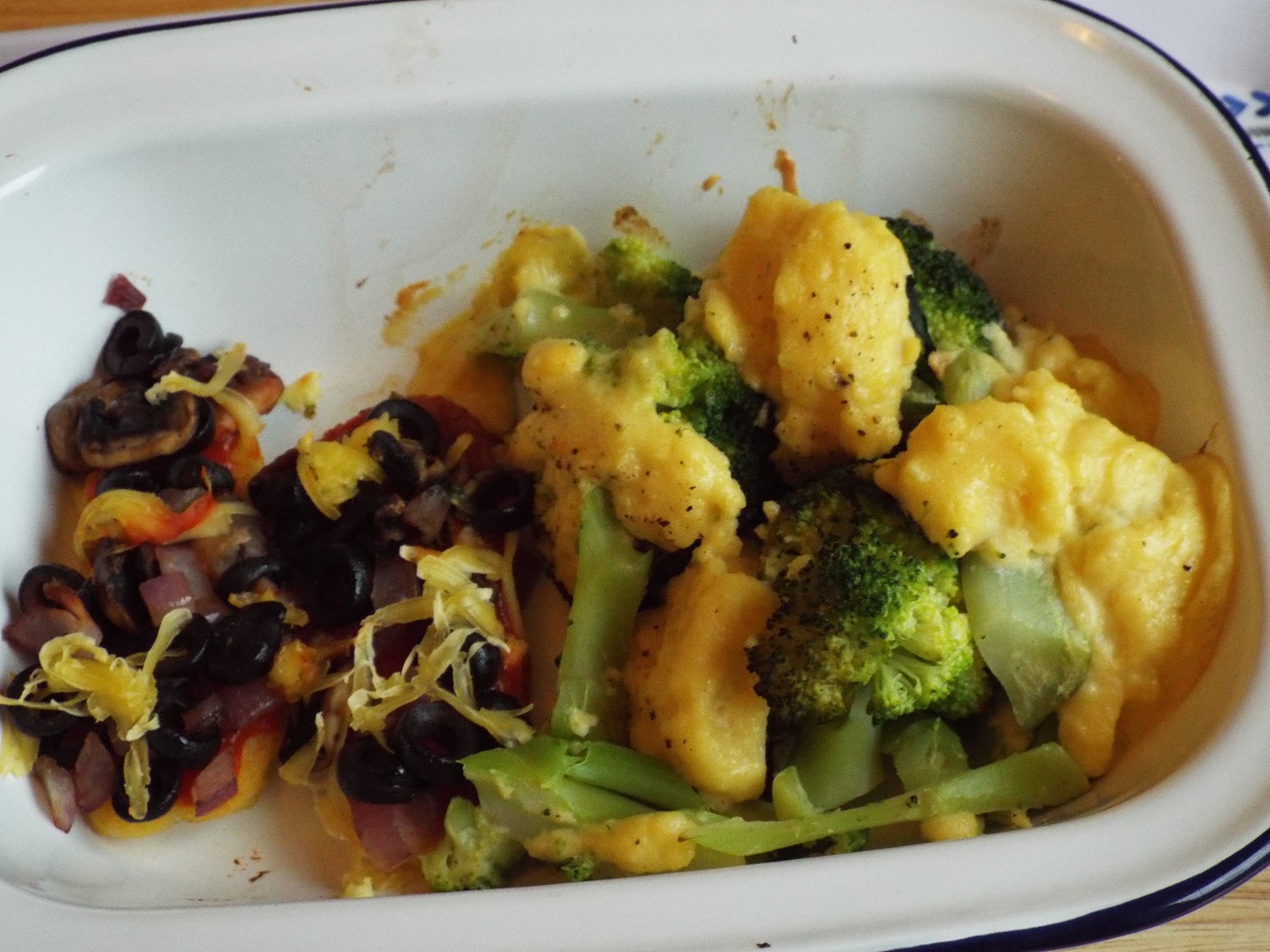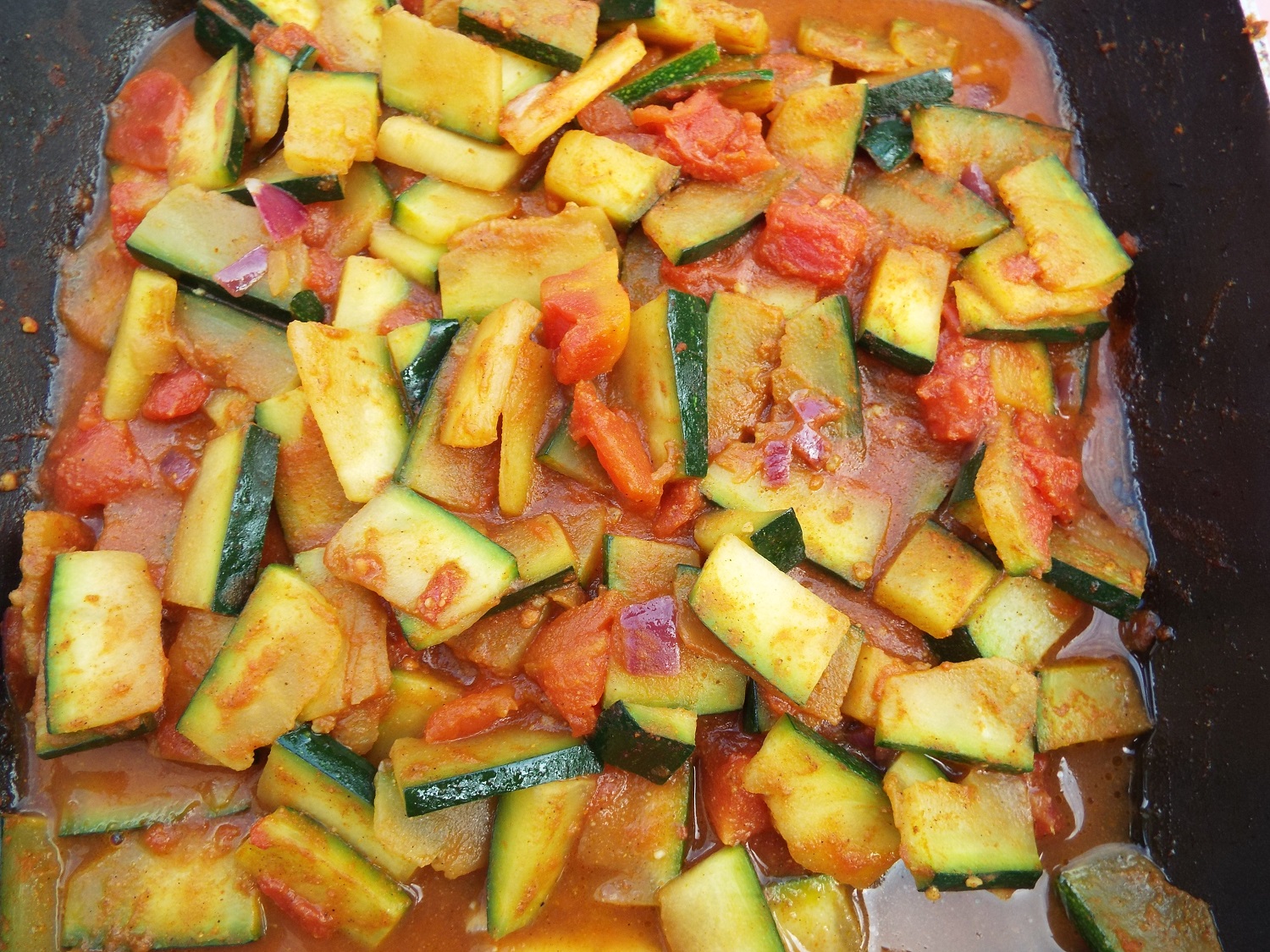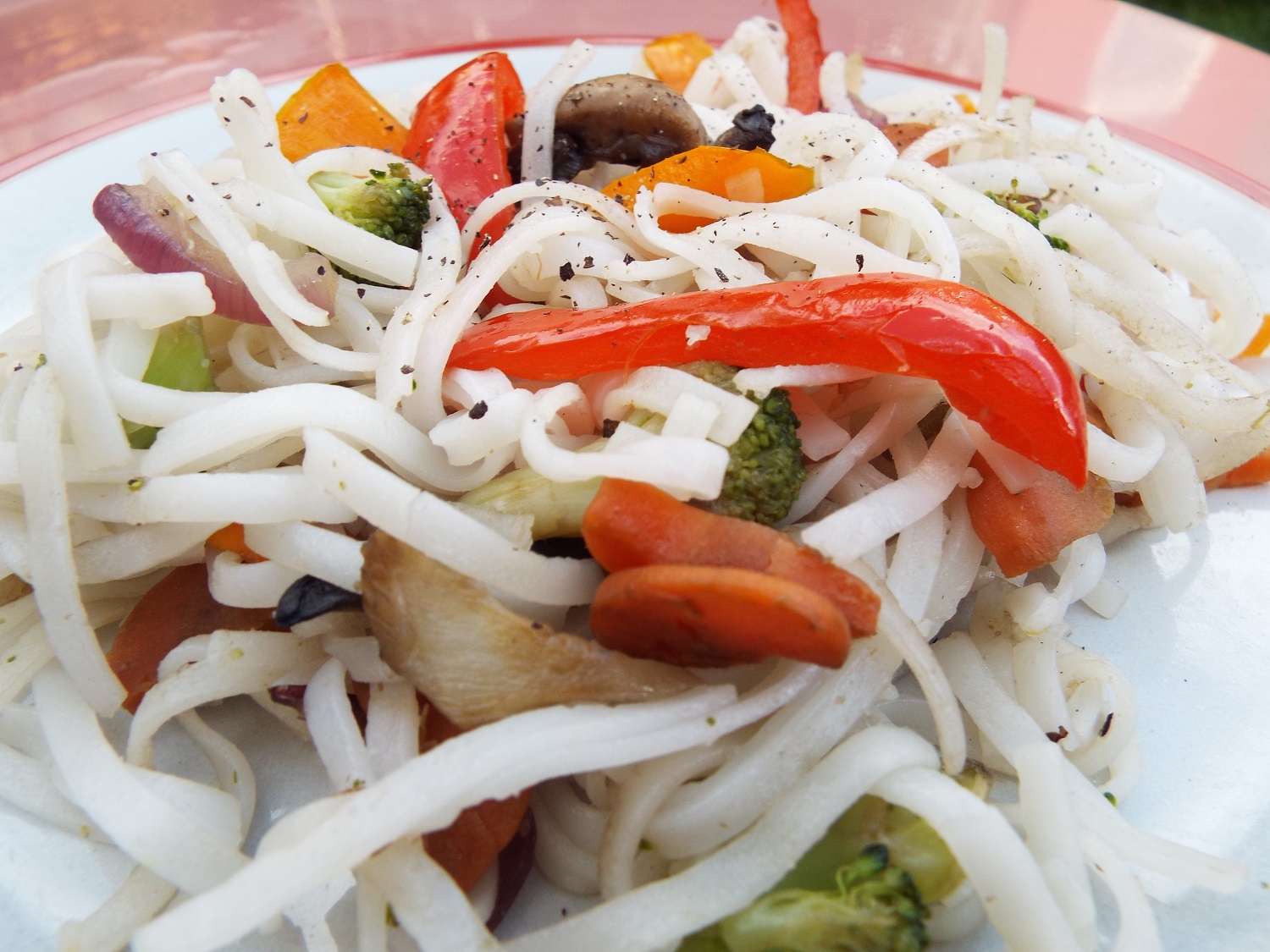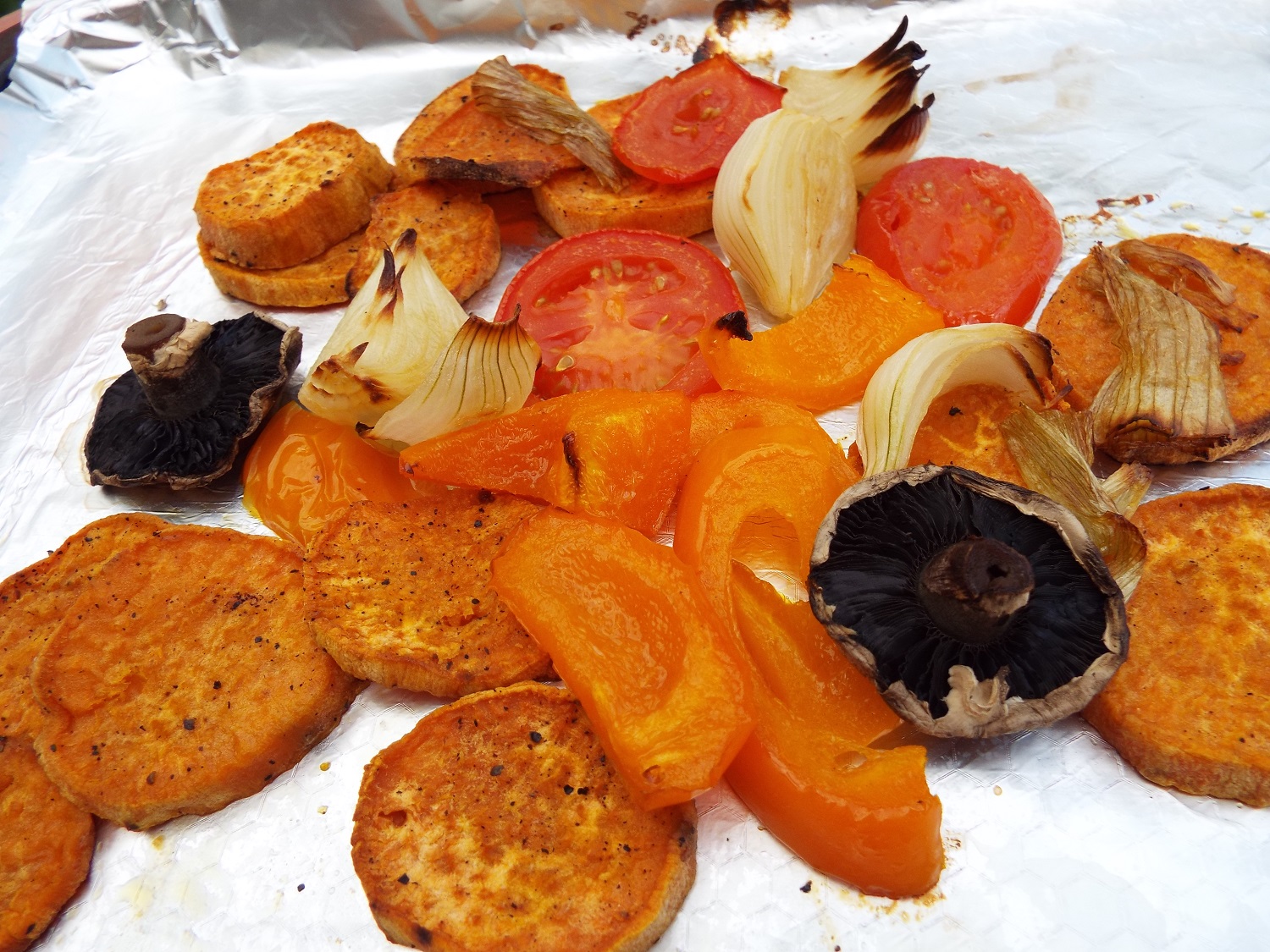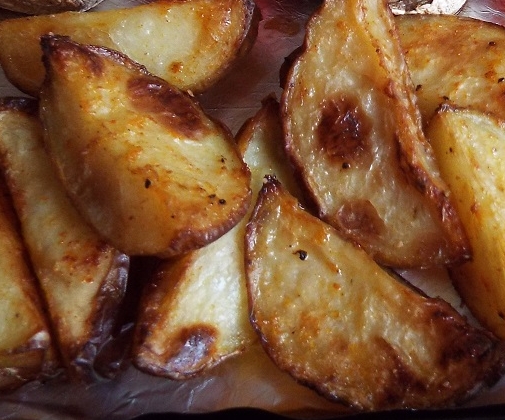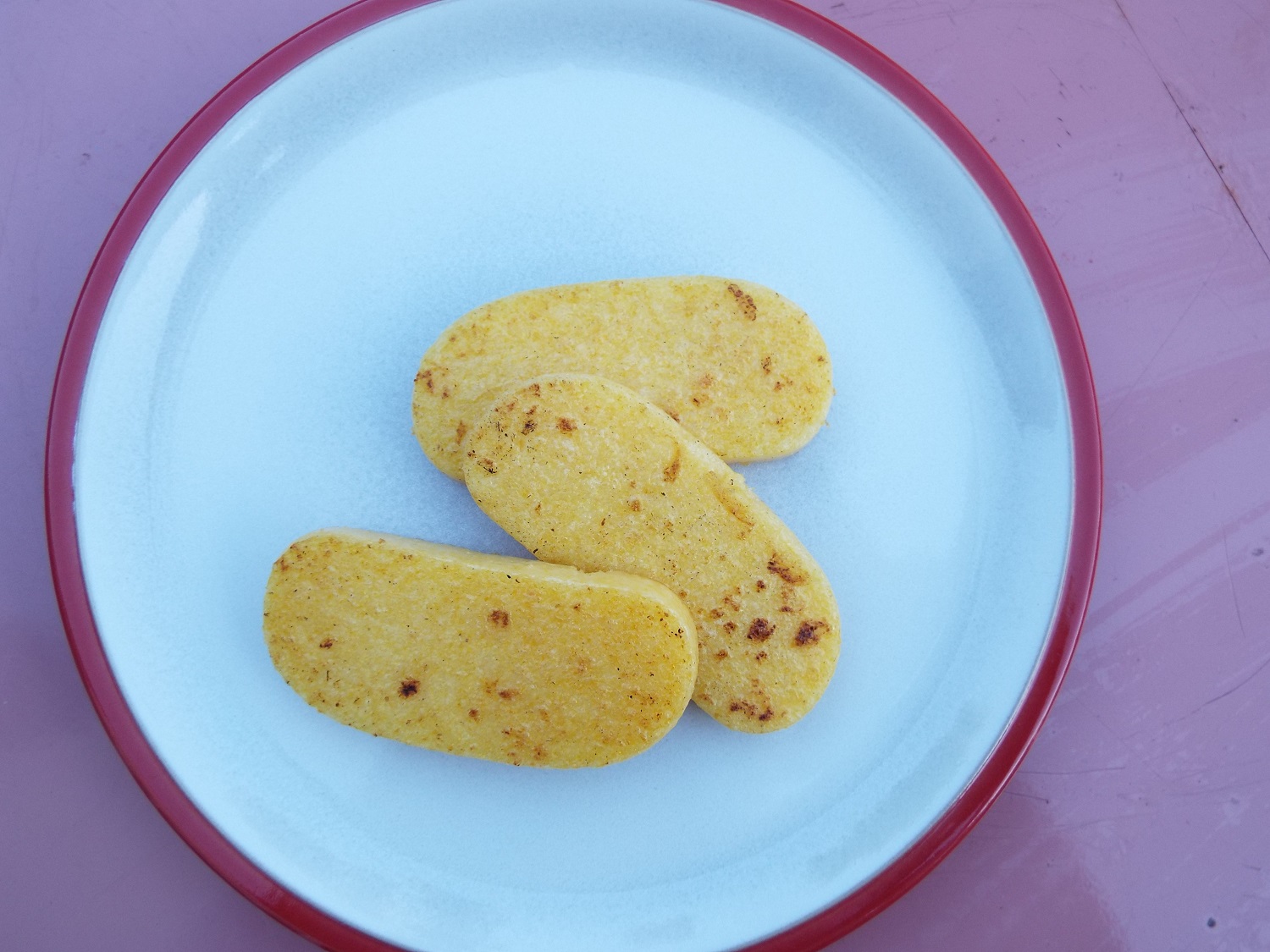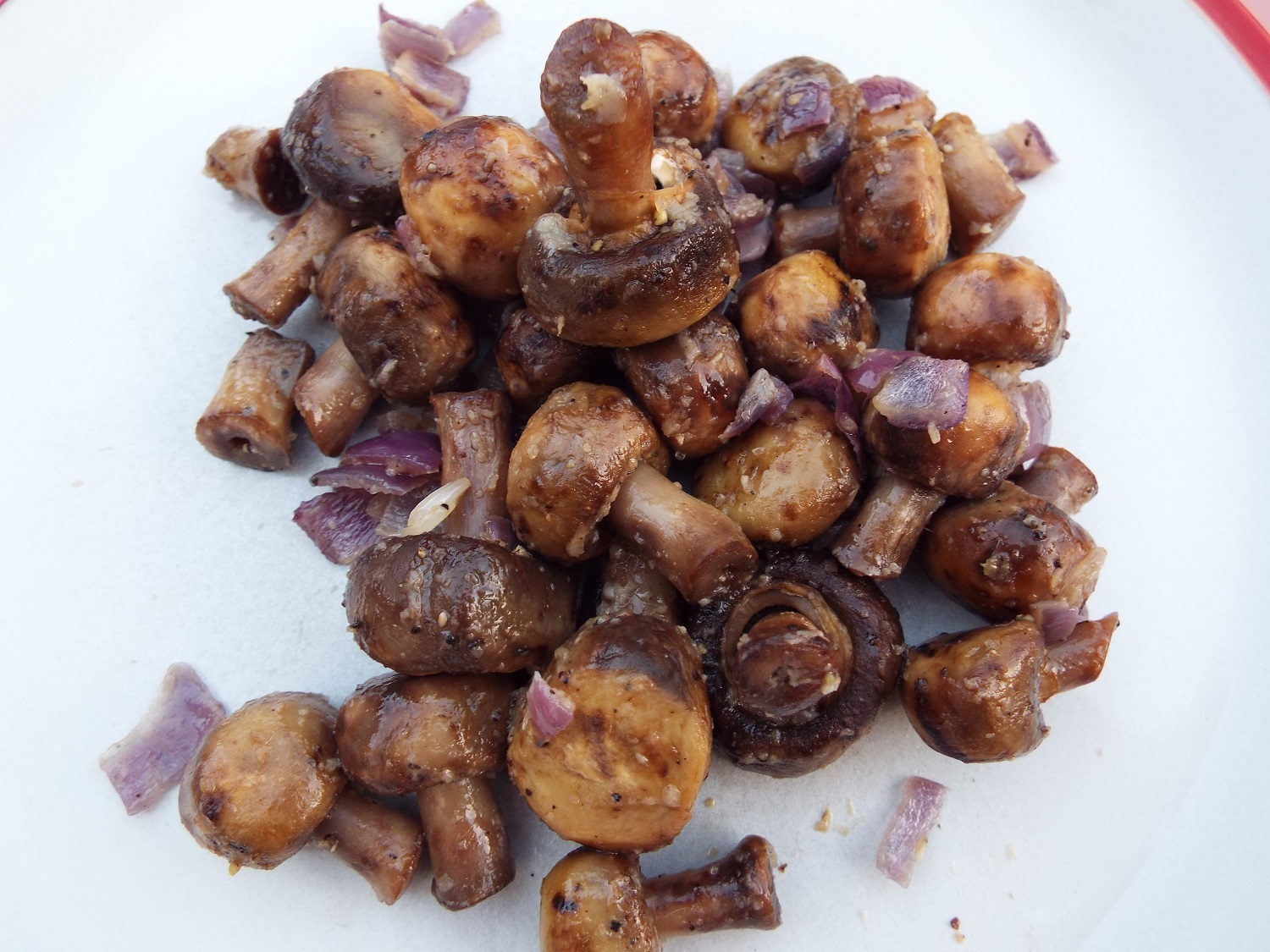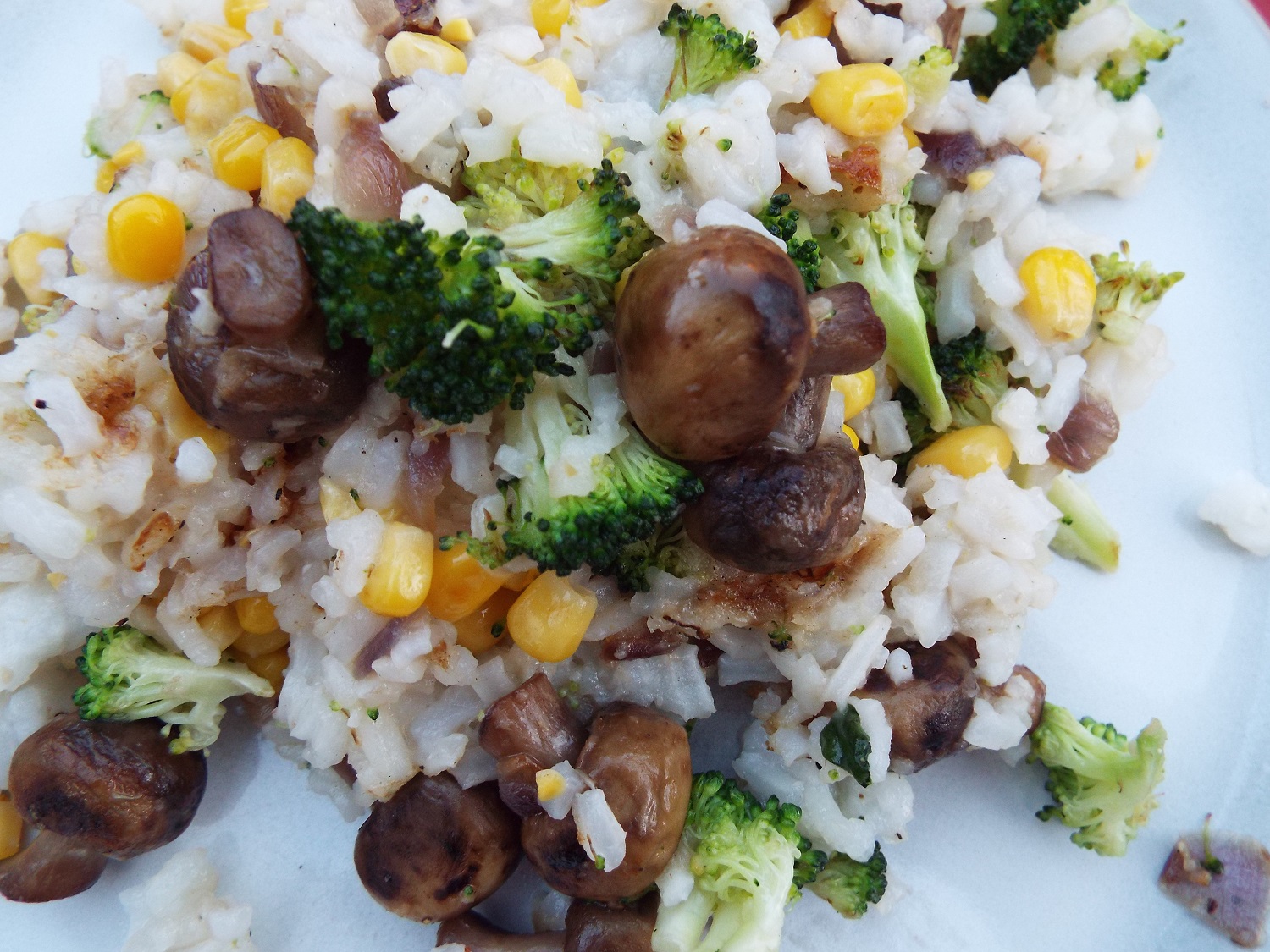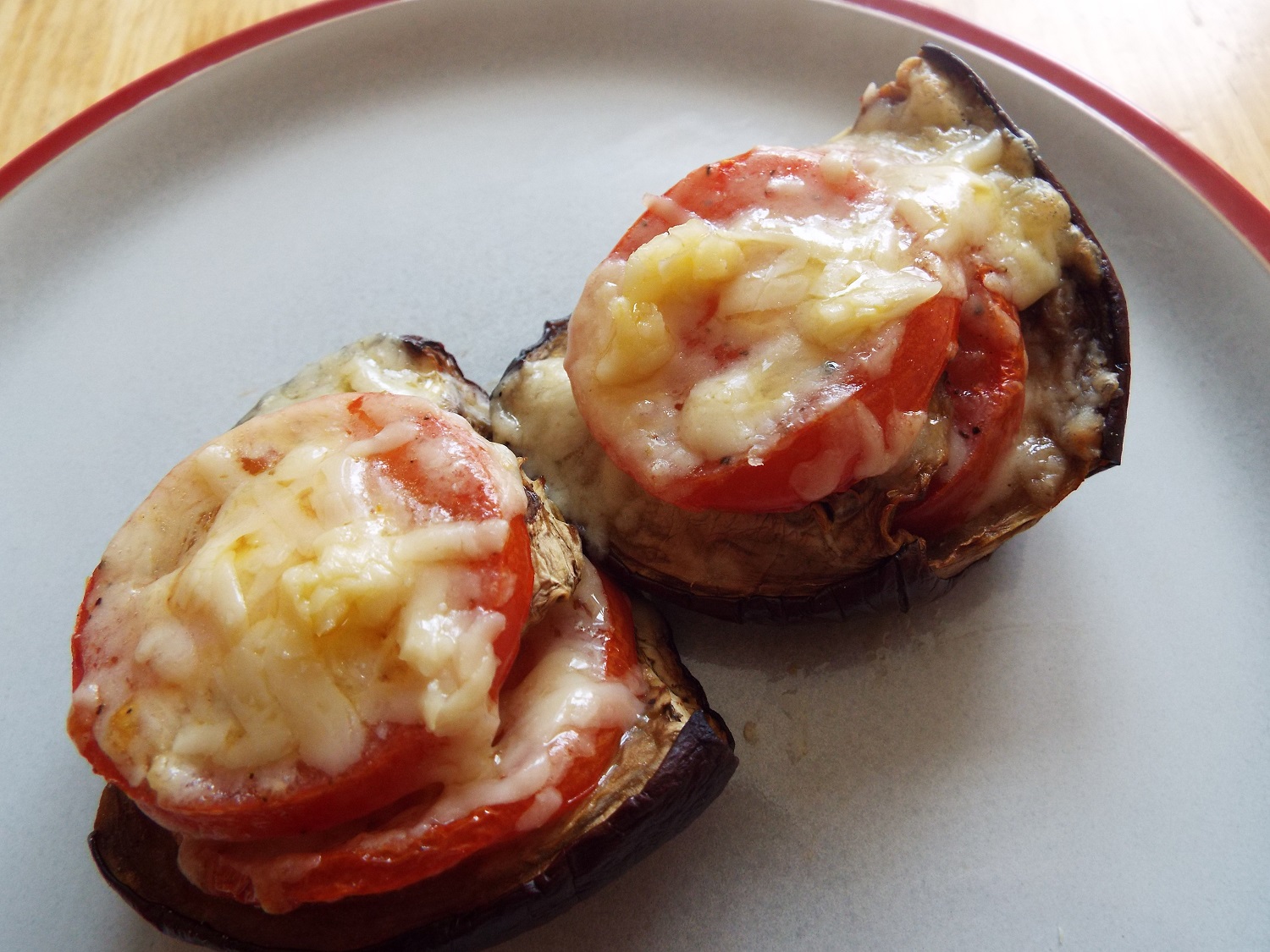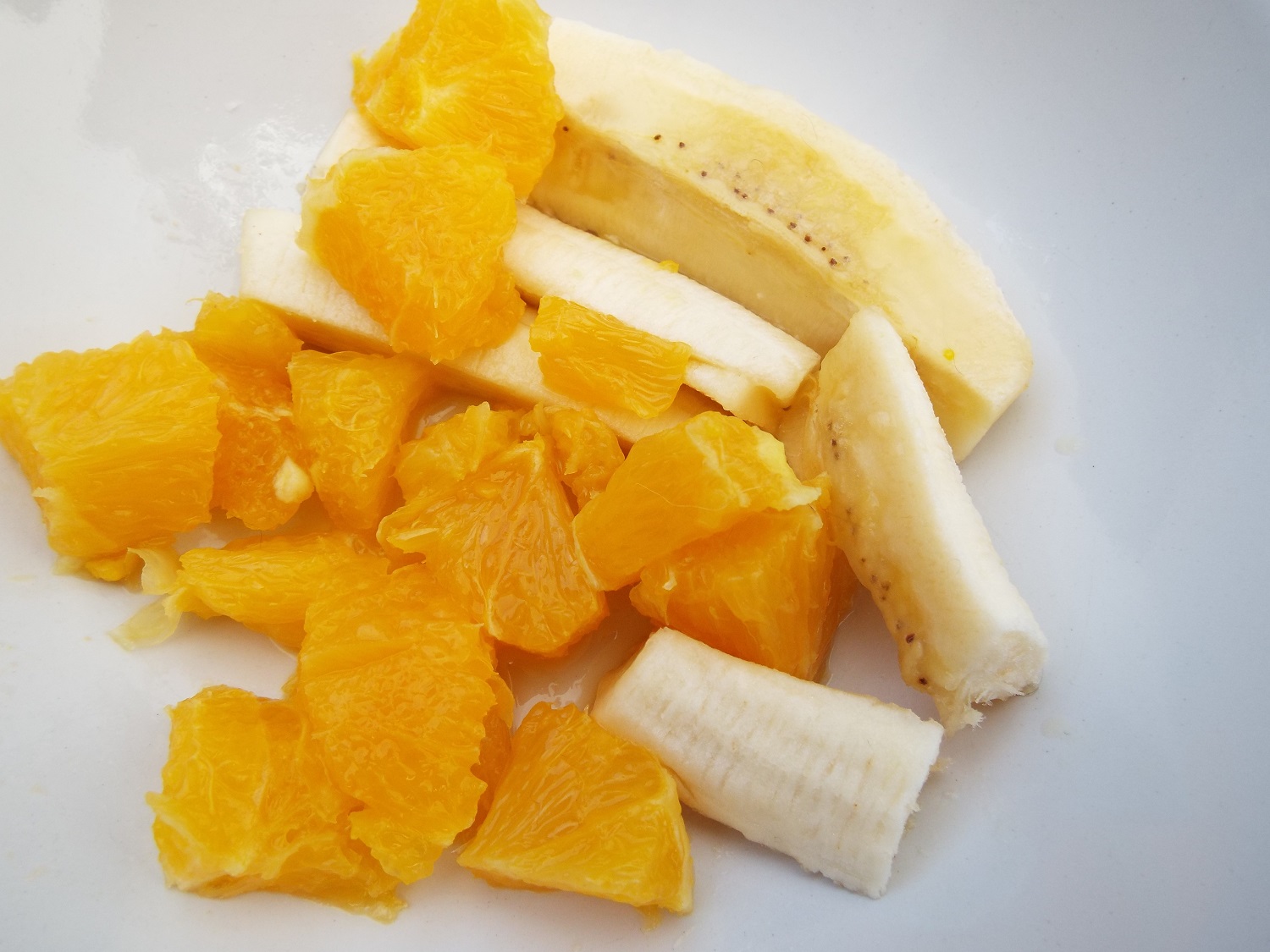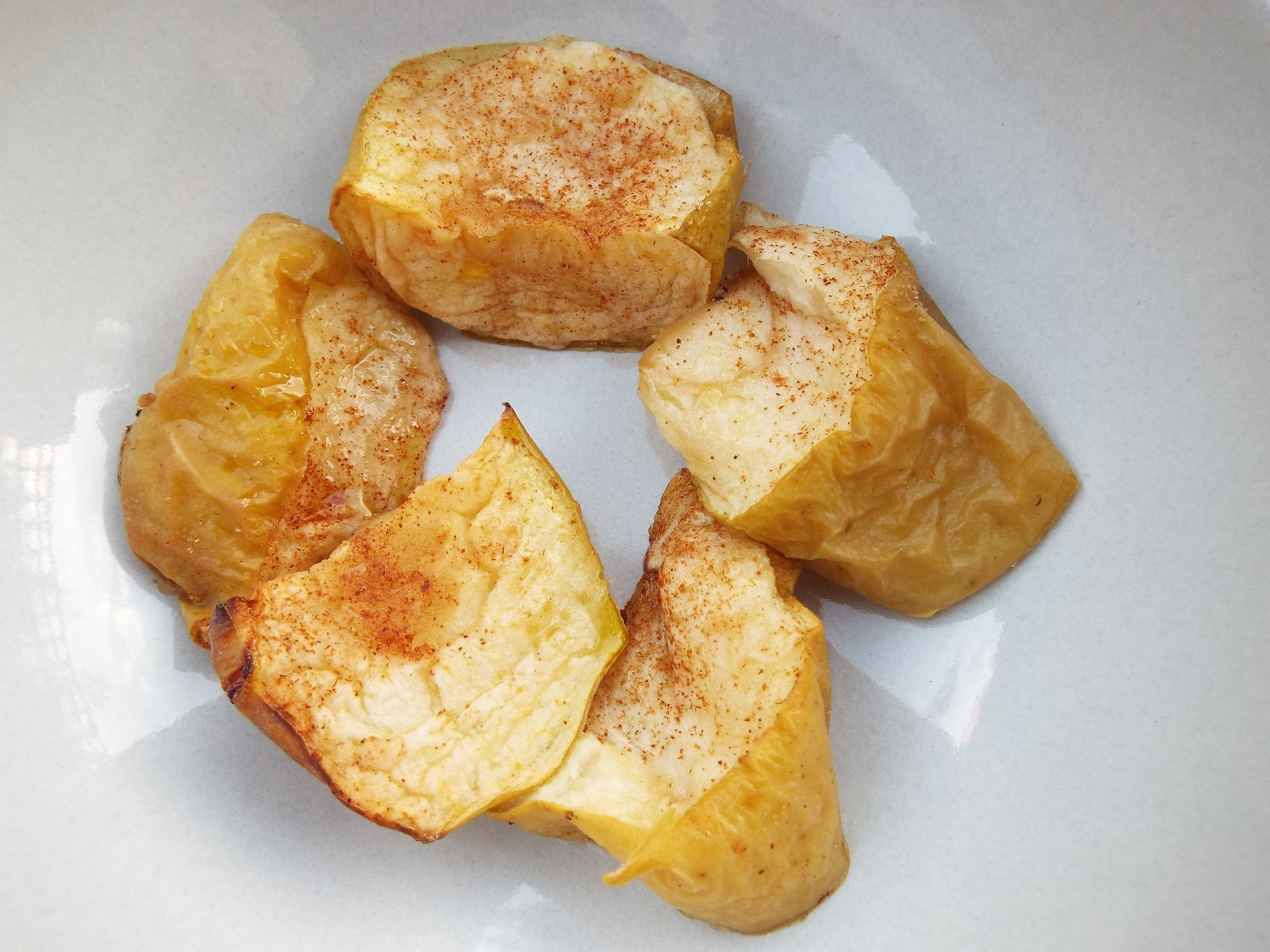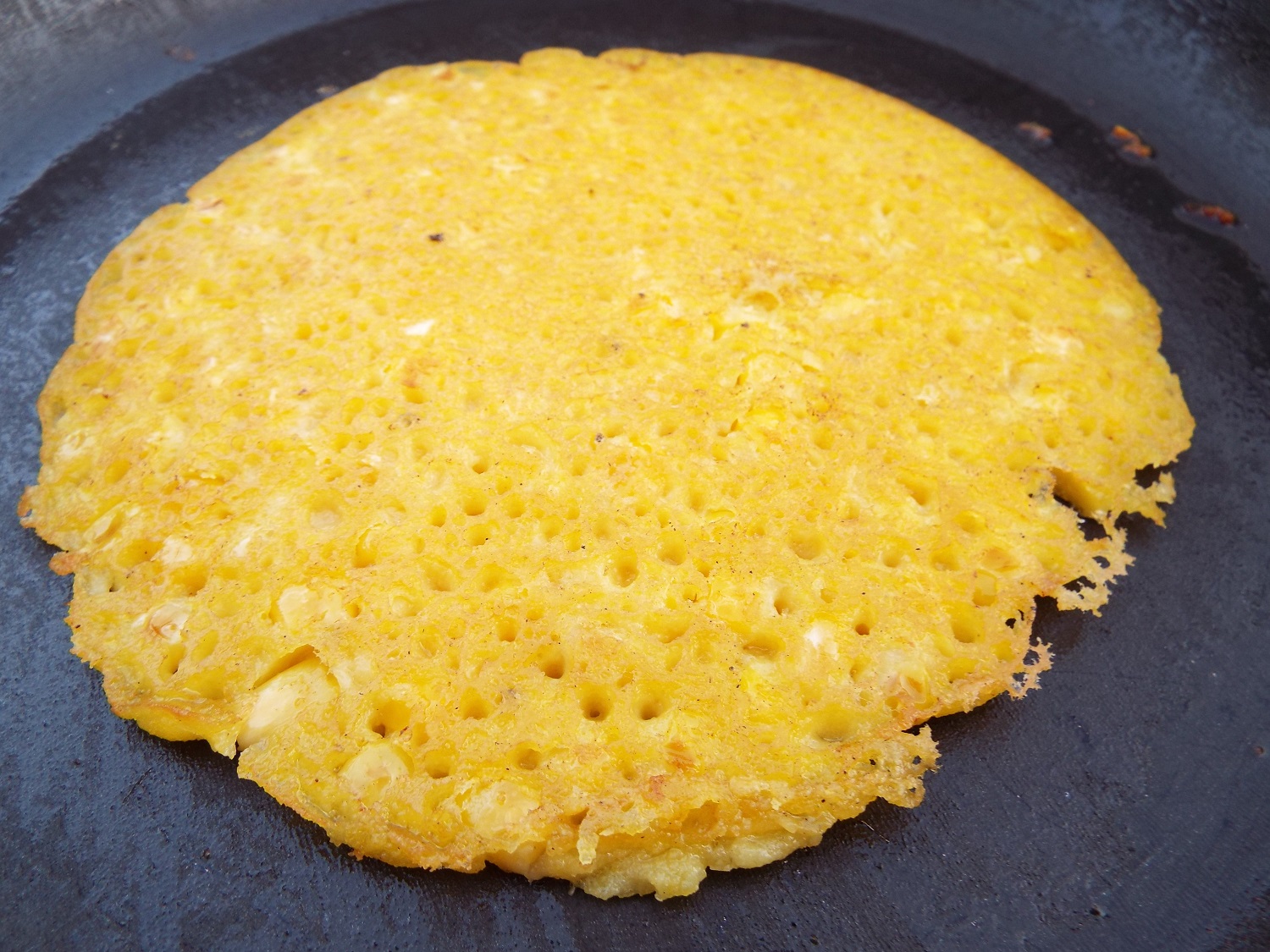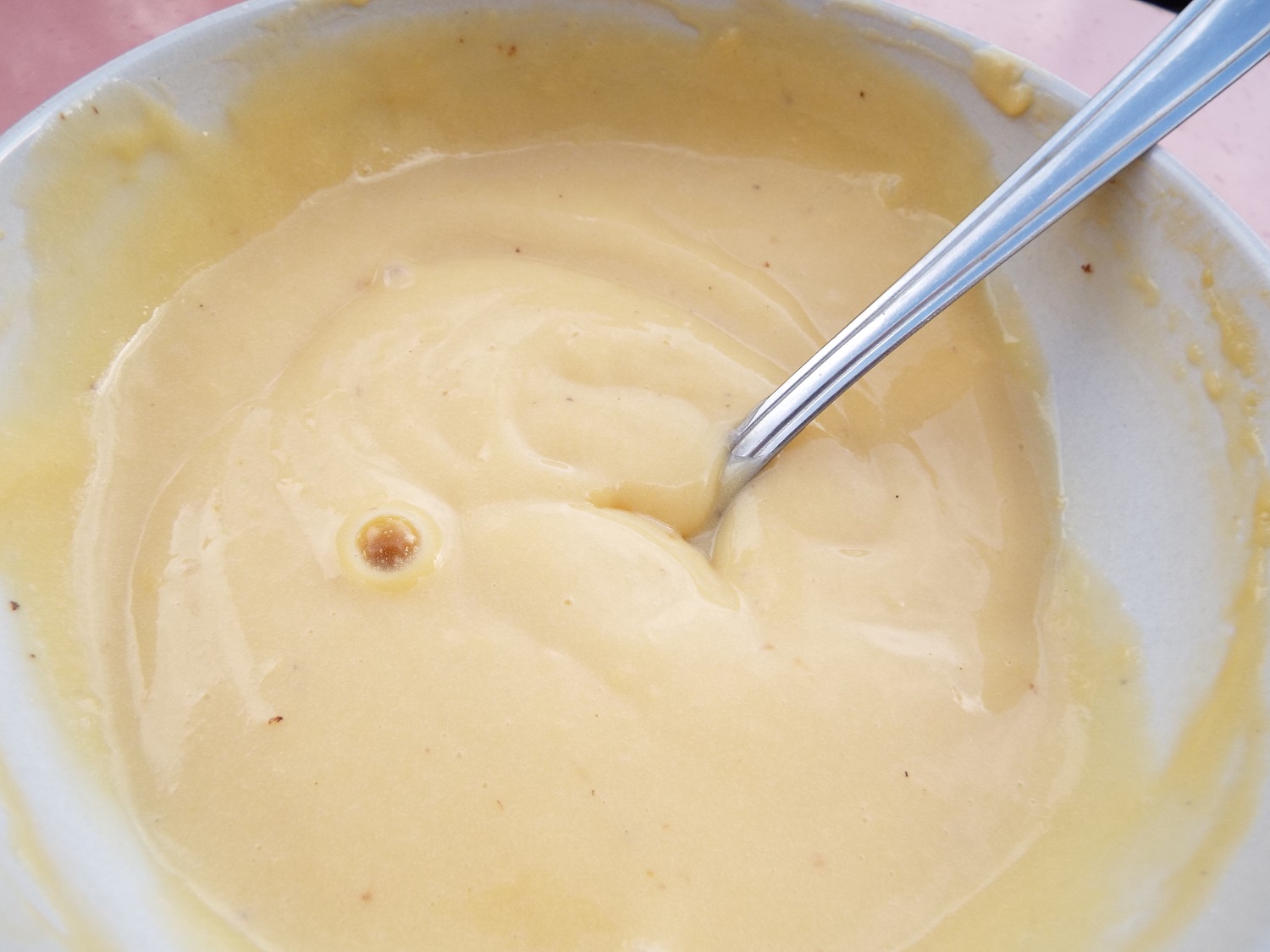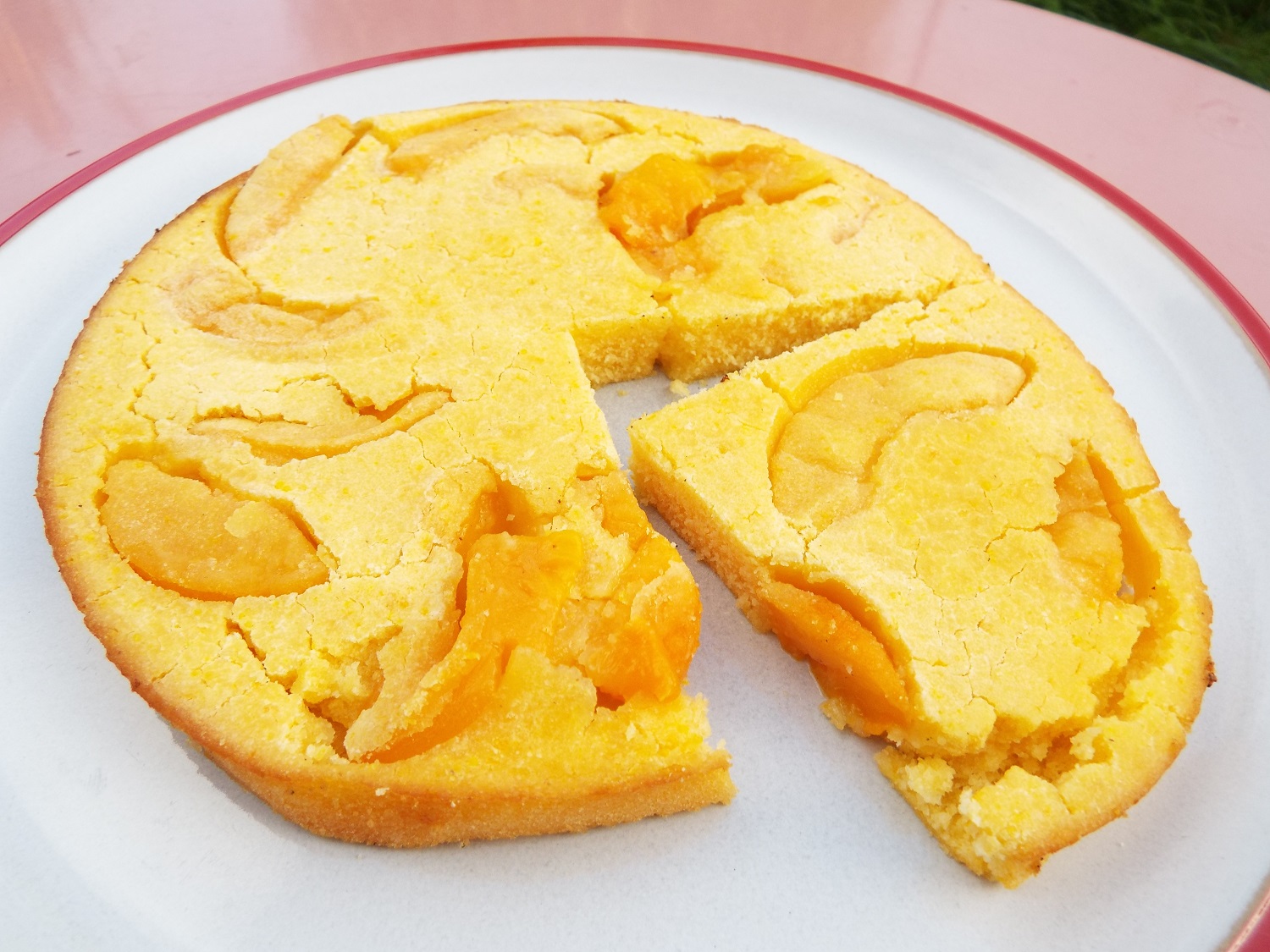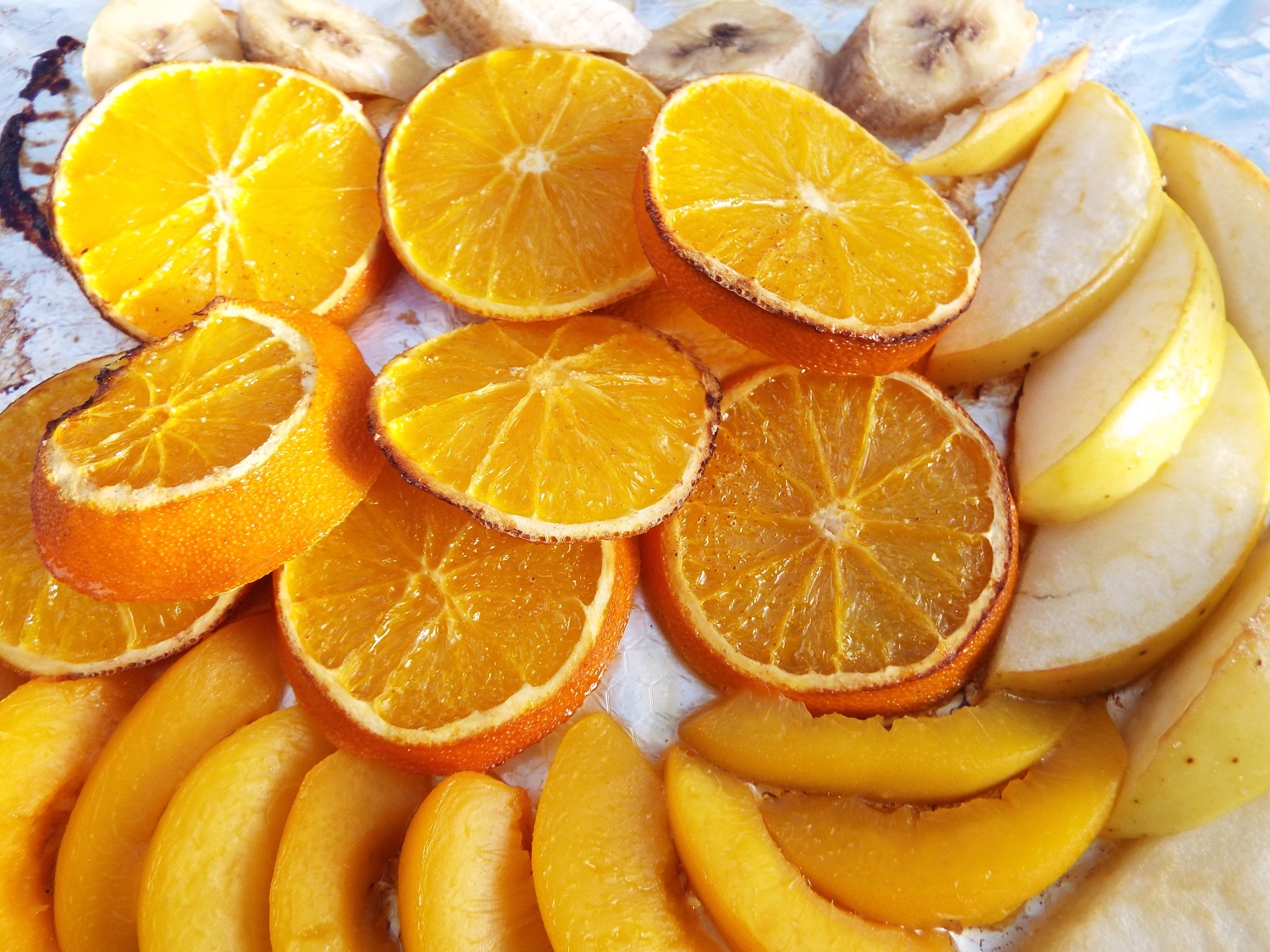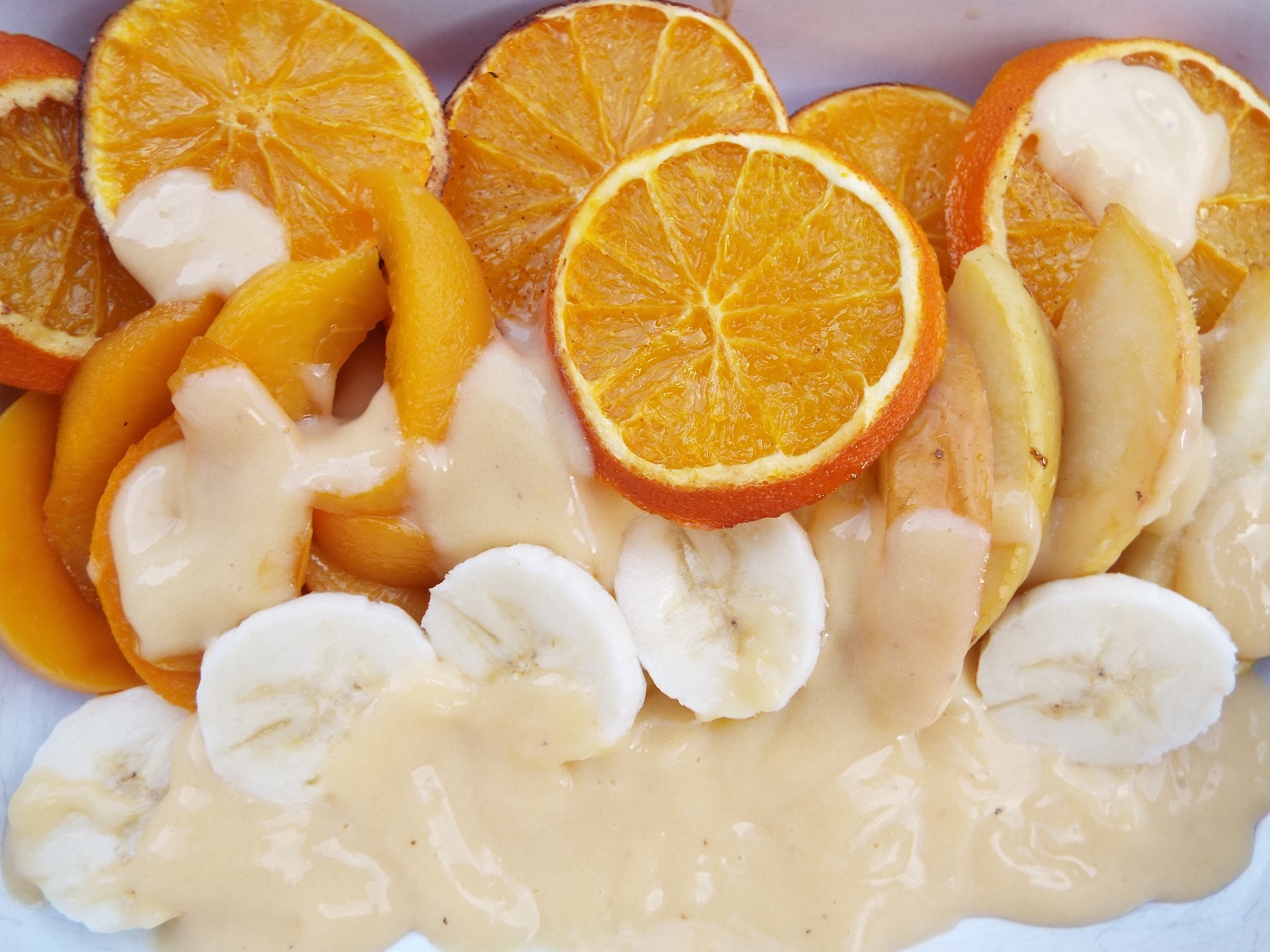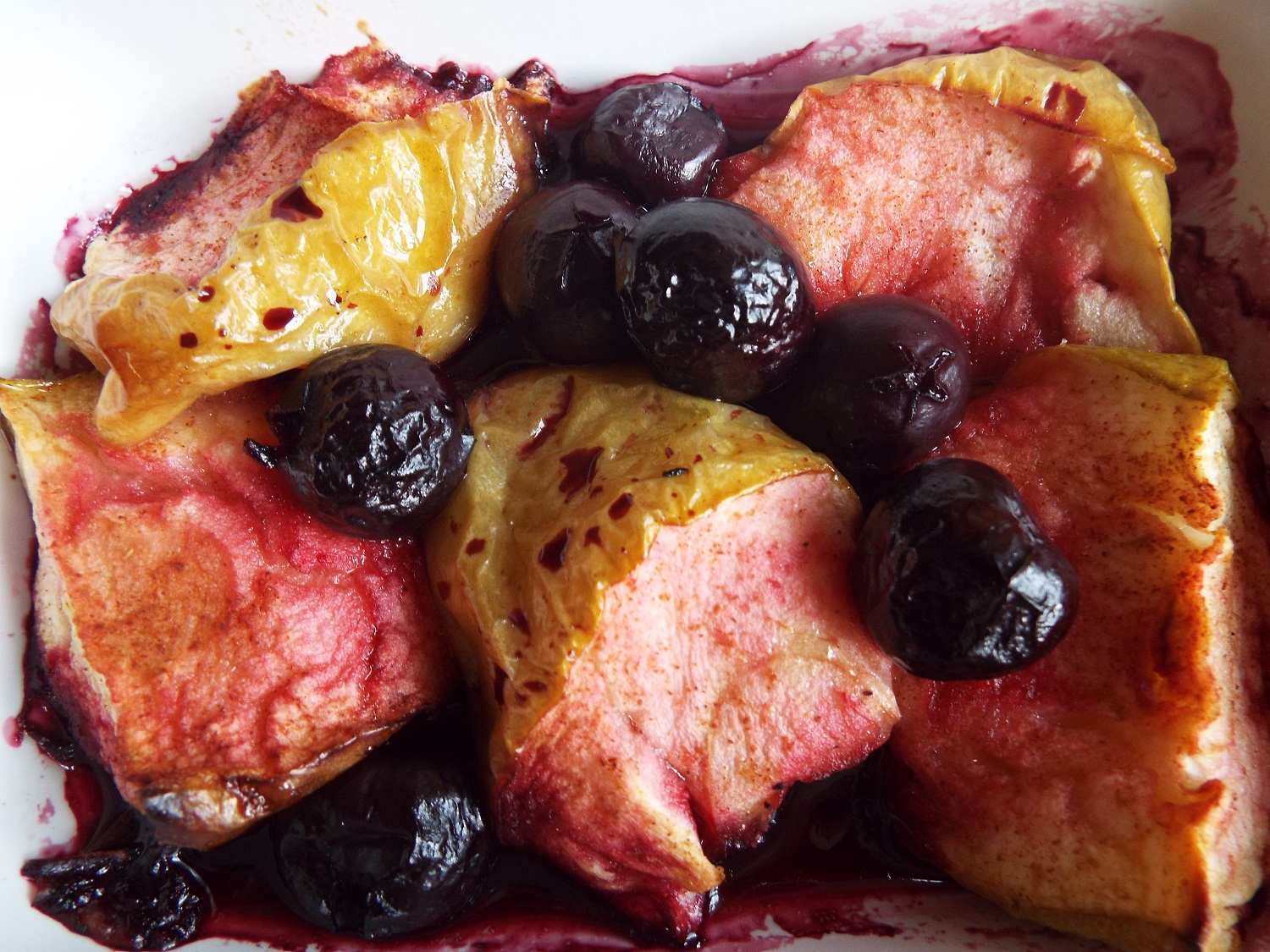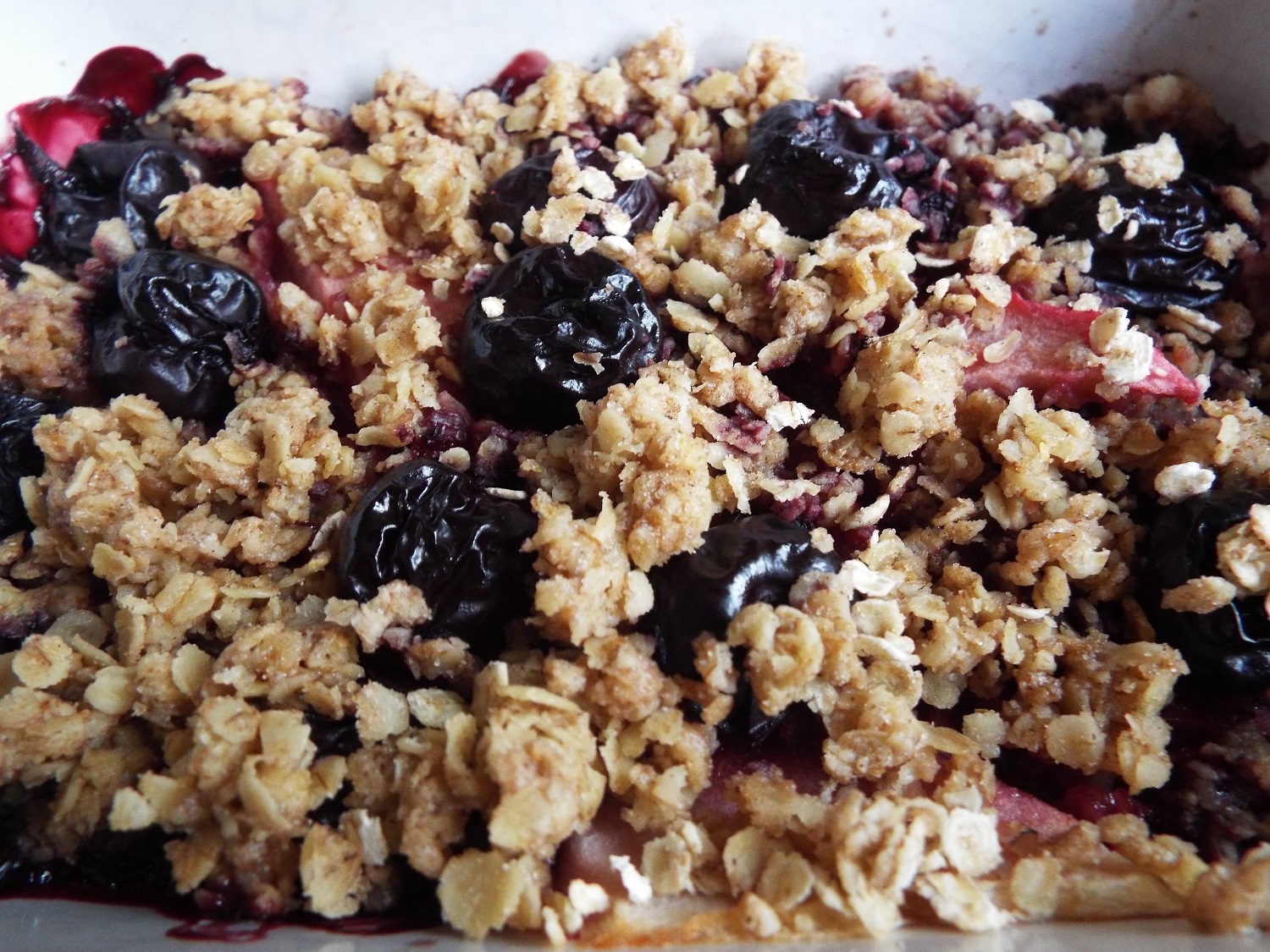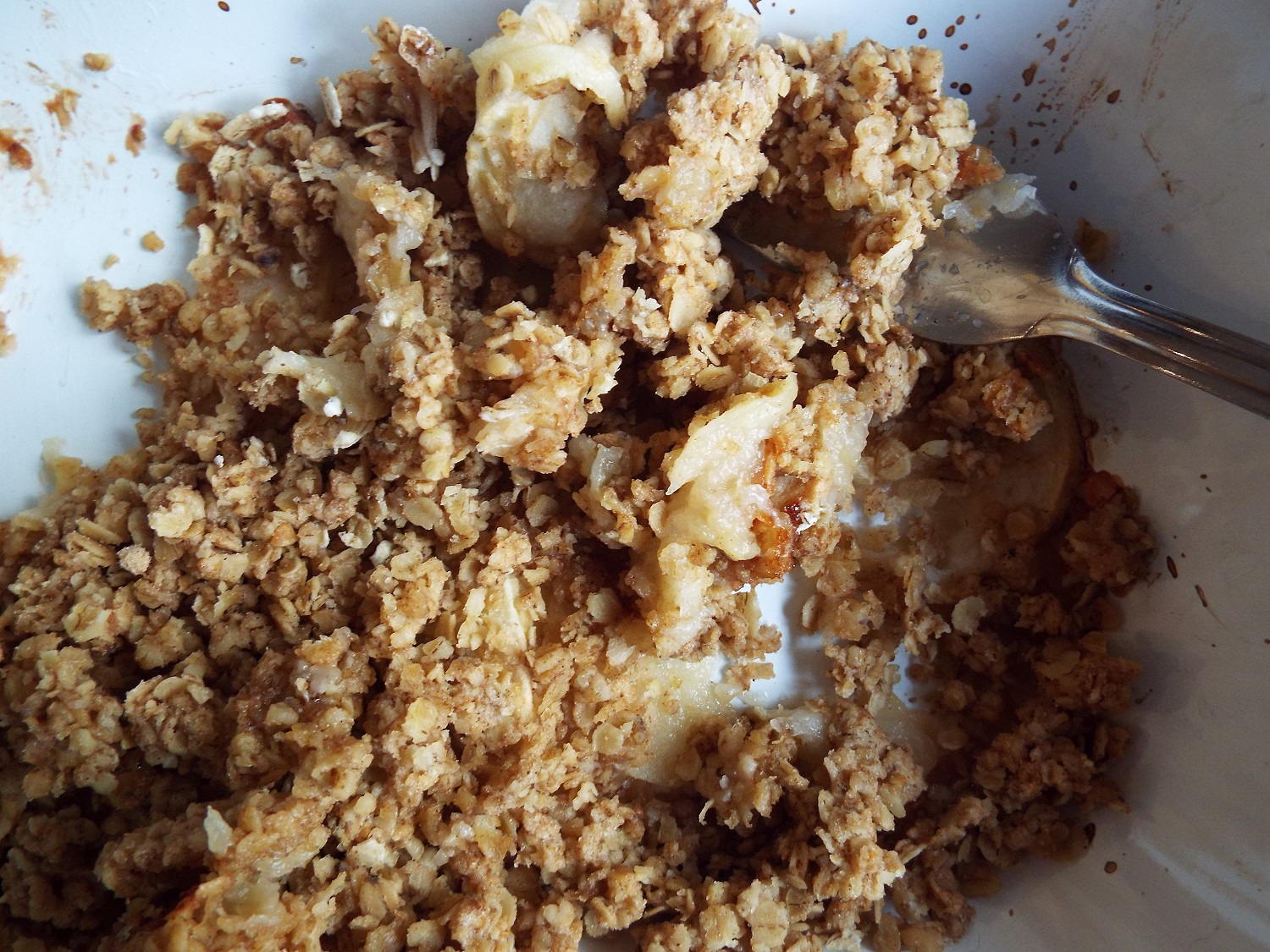This blog piece is part of a series that explores the relationship between food, well-being and inclusion in the field. It follows on directly from my 'prep & store cupboard' piece, and focuses on 7 actual main meals that can be cooked in basic field conditions, as well as side dishes ('sides') and desserts. The key thing about these meals is that they are all vegan and gluten-free and Type2-friendly, and can be cooked in challenging conditions such as on a Dig. In other words, the Dig Cook doesn't have to be cooking lots of separate meals.
It's a broad brush overview of what can be achieved, on a budget, to make sure that something that every participant in fieldwork has to do several times a day - eat - is not only physically sustaining them but also supporting their sense of well-being and belonging. This blog also focuses on avoiding food waste eg by cooking batches in advance for efficiency and saving precious time and resources. It's also about making a rainbow of inclusive food that looks like you want to eat it and will be satisfied by it in a fieldwork setting.
1 Bean and vegetable mild chilli, with rice
Canned mixed baked beans, onion, green peppers, mushrooms, tomatoes
Let's start with an easy one. Well, they're all easy, but this one is especially so.
This is the kind of recipe where it's helpful to have asked for information about what your workers really can't eat for health-related reasons. Indeed this is the kind of info that's needed not only prior to the start of the dig / field project itself, but also prior to the commencement of logistical planning around food. For example, use mild paprika spice and ground cumin instead of full-on hot chillies, as necessary. Having a jar of jalapeno peppers at the table will let chilli-lovers (e.g. me) spice up a meal for themselves.
This meal is pretty basic - chopped vegetables cooked in a little olive oil, with cooked beans and chopped tomatoes added. The tomatoes can be fresh or canned, depending on supply. Add garlic, seasoning and spices to taste, and some dried herbs are good (especially coriander, although mixed herbs are also fine). Simmer, and serve with boiled rice.
2 'Not A Fry-Up'- gram bread (or toast) with mixed baked beans, tomatoes, mushrooms, potato wedges
Garam bread - I've cooked it like a pancake here - with canned mixed beans, a few green beans, and oven-cooked tomatoes, mushrooms and lightly-seasoned potato wedges
Sometimes, just sometimes, it's really good to have some bread toast and a classic 'fry-up' type meal, especially on a miserable wet evening digging in March in the hillier parts of Britain. (Oh, the memories.)
Gram bread There are a number of gluten-free 'flours', including gram flour, which are very widely available now at very reasonable cost. I like gram bread because of the protein it contains - it's made from chick peas and yellow split peas - and because of its taste.
Gram flour is easy to work with, and the batter - which is basically one cup of flour per one cup of water per 1.5 tablespoons of olive oil - can be fried like a pancake or baked in the oven. You can play around with gram batter, according to taste, adding mixed herbs or seasoning or spices. You can make it into a sweeter treat by adding grated apple or other fruits. It's very versatile - and the batter or the bread can be made in batches and kept in the fridge for a couple of days. Tip: when you make the batter, whisk it and let it 'steep' for thirty minutes before use so the gram absorbs the liquid properly.
If you don't want to use gram, use a maize flour instead (also known variously as cornmeal and polenta flour). (And see below.)
Wedges Potato wedges are simple, and can be made - like the gram bread - in advance. Cut potatoes into wedges, par-boil for ten minutes if possible, and add a little olive oil, seasoning, and mild spices such as paprika and ground cumin. Bake in oven.
When nearly done, add tomatoes and mushrooms, and re-heat the gram bread at the end.
Finally, add the warmed-up beans. I've used canned mixed baked beans - many of which are now very reasonably priced and guaranteed gluten-free - and added a few frozen green beans to this. If you just want to use regular baked beans in tomato sauce, a number of popular brands are labelled vegan and gluten-free and are pretty cheap bought in bulk.
3 Soups, croutons and other accompaniments
Soup is very easy to make, and can be made to be filling if it contains pulses, beans, peas or rice, along with mashed / blitzed vegetables and vegetable stock, and is served with some accompaniments. I've shown how to make soups in a previous blog posts, and repeat the method here in brief for convenience.
Lentil, Tomato and Carrot Soup Chop and boil carrots, and add vegan, gluten-free bouillon, and add rinsed lentils and simmer until everything is soft. Chop and add tomatoes, or tinned tomatoes, and chopped onion and garlic. Add seasoning - which could include something spicy like paprika or chilli. Simmer and mash till it's a good soupy consistency. (This soup also makes a great sauce, or basis for vegan stews and bakes.)
Pea Soup Soak rinsed, dried peas for 2 hours (while you're doing something else!), and simmer for 45 minutes. Add vegetable bouillon and simmer for a further 15 minutes. Add chilli flakes, black pepper or paprika to taste. That's it. Done. A big pot for very little money.
Courgette, bean and vegetable soup with creamed rice I had a glut of courgettes and left-over beans, so decided to make this, but any vegetables, beans and pulses will do. Boil and fry the beans and vegetables so that that they're soft, mash or blitz with a hand processor, add some vegan & gluten-free bouillon, and simmer. Blitz some left-over boiled rice to make a creamy texture, and stir into to the soup.
Soup is a fine and healthy meal, but it does need something to go with it, especially as a main dinner meal. I think that gram bread is pretty easy to make. You can make it in the 'pancake style' (see above 'Not A Fry-Up') without yeast; or add yeast and a tiny sprinkle of sugar and bake it in a loaf tin, making sure the water was lukewarm, and perhaps adding black olives or another ingredient like mixed herbs or tomatoes to the mix. It's very good toasted as bread-sticks or croutons.
I used this recipe as a basic guide but replaced the flour and polenta with gram flour (425 g or 15 oz), reduced the sugar, and didn't faff about too much with The Rise. It was fine. You can make plenty in advance as it should store well for a couple of days if wrapped and kept cool.
Bread sticks and croutons can be made by cutting up gram bread, and baking in the oven for a few minutes. Croutons are especially nice added to a bit of left-over fried onion before tipping onto the soup. Another good accompaniment is a plate of sweet potato chips, which are basically slices of sweet potato baked in an oven - simple and effective.
4 Courgetti (zucchini or marrow 'pasta') and lentil bolognese
Peeled marrow strips cooked in a little olive oil, lemon juice and seasoning, with a lentil 'bolognese' sauce, and a green pepper topping - vegan cheese and jalapenos optional
Marrows are cheap and plentiful during the main fieldwork summer months, and courgettes (zucchini) and squashes are also ideal for making a vegetable 'ghetti dish. Peel the marrow (or your alternative vegetable), and start peeling the flesh into long strips. It's really easy and quick - I use a regular potato peeler, and peel down to the seeds and discard those into the compost bin.
The 'ghetti cooks quickly in a little olive oil with some salt and pepper, and a little lemon or lime juice drizzled on top works well to bring out maximum flavour.
As for a topping - I've used lentils which have been boiled till soft and then added to chopped canned tomatoes, fried onion and grated carrot, and seasoned with mixed dried herbs and paprika. I had some green peppers (capsicum) to sprinke on top, and vegan grated cheese is another good and filling topping. (If you do buy vegan cheese, make sure it's one of the gluten-free brands.)
5 Vegan Cheese and Vegetables on Gram Toast
Gram loaf with black olives, toasted with various toppings. Here there are mushrooms, tomatoes, vegan cheese, olive oil and parsley
I took the gram bread (see above) that I'd made with black olives, sliced and toasted it. (You can do this in a toaster, under the grill or bung it on a baking tray in the oven for a few minutes.) All you need to do then is add the toppings - above you can see grated vegan cheese, mushrooms, tomatoes, parsley and olive oil. Other toppings might include other vegetables such as sliced, fried courgettes, hummus or bean chilli (see above).
This is a good meal to plan ahead of time - make extra gram and bean chilli or lentil bolognese the day before, and add some vegan cheese and/or various 'sides'.
6 Ratatouille
Ratatouille made with aubergine (eggplant), courgettes (zucchini), onions, mushrooms, peppers (capsicums) and tomatoes, with dried herbs and garlic
Ratatouille is a very simple dish to make, and can be served up with rice, or potatoes, or rice noodles. You can also be pretty flexible about the ingredients, although personally I think the aubergine is pretty essential if you can get it because it's very filling and has a distinctive texture which breaks up the rest of the soft-vegetable-experience.
Anyway ... chop onions and fry in a big pot with olive or another vegetable oil. Add sliced aubergine, and fry for about ten minutes. People often offer advice about soaking the sliced aubergine in bowls of salted water with a plate on top to submerge the pieces - but I've missed this step out and everything's been fine. Add chopped courgettes, peppers, mushrooms and garlic. Cook (fry) a while, stirring. Add canned tomatoes (chopped, or mash them up a bit in the pot), some mixed herbs and seasoning, and simmer for at least 30 minutes.
7 Polenta pizzas, and broccoli with cheese sauce
Polenta slices, fried in olive oil, with toppings of tomato, onion, black olives, mushrooms and vegan cheese, with broccoli in cheese sauce
Step 1 is simply some cooked broccoli (or cauliflower or marrow is fine) - which you can boil or steam - with a cheese sauce added. I've made the cheese sauce here with a vegan, gluten-free margarine, cornmeal and soya milk with grated vegan (and gluten-free) cheese.
Step 2 is also simple - slice and fry your ready-made polenta (cheap and available very widely), and add tomato puree and other 'pizza' toppings. I've used mushrooms, black olives, and peppers - which I added to the polenta pan - and then finished with some more of that grated vegan cheese. It can be kept warm (and the cheese melted a little more) in a dish in an oven if needed.
Sides Dishes
A lot of dishes need 'sides', especially for hungry workers in the field at the end of a tough day, and here are some ideas. I've already used some in the meals and photographs above. Mix and match according to availability and logistics, basically.
Vegan and Gluten-Free Desserts and Puddings - some Ideas
Fresh fruit, canned fruit, dried fruit, frozen fruit, cartons of fruit juice - it's all good stuff, along with polenta and gram, and vegan/gluten-free custard powder. If you're making vegan custard then you'll need to make up the powder with a plant milk - I used soya milk but many people prefer, for example, rice milk.
Never underestimate the value of having canned fruit in the Dig store cupboard, alongside anything fresh and seasonal that you can get hold of. I'm also a fan of pancakes and fritters made with a basic batter of cornmeal, water and a little olive oil, and something sweet like a little brown sugar, banana, grated apple or canned black cherries.
Fresh fruit like apples, pears, oranges and bananas can be very simply baked on an oven - in foil is best but not essential - and a good spice to use for extra flavour is cinnamon. A sprinkle of brown sugar can be added before cooking, or at the table if you have workers with diabetes (eg) who need to avoid it.
Oats are technically gluten-free and make a great crumble topping, but check with your diggers as there are come people with Coeliac who prefer to avoid. Cornmeal is a good ingredient for making crumble instead, as well as cakes.
Cornmeal cakes can be made following any vegan cake recipe, substituting all flour with fine cornmeal. I made one with canned fruit slices - and to be honest, any fresh, fried or canned fruit would do.
Keep the sugar to a minimum, use brown sugar where possible, and make sure you have sugar quantity info on hand for anyone who's measuring sugars day by day. For many people it's not necessarily sugar per se that's the problem - it's keeping track of their intake.
At the end of a tough day, a decent meal with a dessert on offer can definitely help with people's sense of well-being and belonging - good, inclusive food emits an aura of 'were all in this together' like little else.

